It was a bright Sunday in April. From Aspenden we’re away to the west down the village lane and out beyond the church alongside The Bourne and into the great yonder.
But not so fast, too many beers before breakfast and suddenly I need to relieve myself. I scurry down the bank and under the bridge and let it go, singing songs of freedom. (Funny now, six weeks later writing this post, reviewing these photos and reliving our walk I rejoice again with relief!)
Then as I clamber back up to the path I see that I’ve been captured on a wildlife cam. I’m an innocent victim of Springwatch, answering the call of nature, my apologies for any offence, twas but a natural expression m’lud.
Over the field an ancient hollow oak watches us pass. It’s a ruined tower and an aspiring birdhouse, look close, a deadwood tree alive with new residents.
Telegraph poles talk to each other and clouds converse with blackthorn.
The other side has newly planted hawthorn. Mayblossom to come.
Above us, clouds of shining skyblossom.
And below, a distant line of deer.
And faraway future hedgerows, written in tubular plastic script.
The hedge beside us is a kind of holloway, an overgrown ditch, a place for wild spirits to shelter between fields. I keep looking for a way in but the brambles are like razor wire. It’s a wilderness best left to imagination.
The lane continues to Tannis Court, a derelict farm that became a commune in the 1970s – “The original group represented a curious collection of people. A painter with a Cambridge degree in mathematics and an Iraqi wife who is an architect; a self-employed builder who restored antique oriental wall-paper on the side; a play group leader and gardener with a yen for keeping goats; and an Irishman fresh from India.” Nowadays the public footpath has been rerouted.
We skirt around by a great multi-stemmed ash, silhouette dancing like a rune. It seems as if to describe a four-sided elevation, a box of Yggdrasil.
Over the field I stumbled upon a curious ball of sponge. It looked like red earth but not so solid. I wondered was it a wasps nest fallen from a tree? I asked Twitter and reckoned it must be the remains of an exploded puffball.
We crossed a ditch and entered a small wood of tall trees, and threaded through along a diagonal path and out the other side.
Across another bridge over another ditch, as if the wood was enclosed by a moat. But the path disappeared, so we consulted the map. The word Moat, in Gothic script, appeared inside the wood not around it. An antiquity we’d overlooked. And there was a path marked straight ahead to Flanders Green, but it was invisible beneath our feet as we stumbled over the ploughed field.
It reappeared on the far side and took us down a hedgerow tunnel to a bank of wild primroses on the road to Cottered Warren.
I posted this photo on Twitter as Horizon tree. I liked its silhouette, but it brought this reply – This tree has had a recent nasty shock (cultivation to the trunk, removal of lower, largest branches to allow cultivation to the trunk) but has formed a reiterative, lower secondary crown. Given a chance (stop cultivation so close) it might carry on working for us 24/7…. Thanks Jill.
The path took us down a short cul-de-sac beside barn conversions, so close it seemed we were cutting through their backyards, then out across another ploughed field, where it disappeared again until we got to the other side.
We crossed another ditch bridge by Drinkwater Wood and came out onto Back Lane, aka The Old Roman Road, aka Stane Street. It ran from St Albans to Colchester, much of it now incorporated into major roads such as the A120. This short section is a bucolic record of its earlier wild years, and I wish I was back there again today. I’m writing these words two months on and imagining this path now in full leaf with the sunlight coming through. Today was one of the hottest days of the year so far, so it would’ve been a green shaded retreat, but its nine in the evening and 25° indoors. I’m by an open window with the softly sussurating sound of falling rain in the garden outside. It feels refreshing, and promises to make the greens even greener. But refreshment turns to disappointment as it’s forecast to last over the coming weekend, when I’d hoped to walk the Back Lane again.
A tree tunnel with the light through the leaves is just wishful thinking. So let’s make the most of this walk, when there were sweet violets to welcome us, before the canopy closed over their heads.
And witches’ brooms on a wayside beech.
Clippety-clop, clippety-clop.
More witches’ brooms
and an unzipped lightning tree.
The sun in the ditch
branches map the sky
follow them down to the ground
they no longer know the way
Clip
Clop
An oak and its reflection, in April before the leaves
a tanglewood pond in spring, one slip and I’m face down in the mud
Beehives
Guineafowl
Cowslip
Fallen elm fruit
Fallen cloud
And falling snow. Brief white specks floating like petals took us by surprise.
And then again dear reader, I confess, I was taken short once more, this time by the hedgerow, and straightaway the piss police appeared in the sky, alerted no doubt by the earlier Springwatch wildlife cam incident, and I was Cary Grant in the cornfield in North By Northwest.
And very soon we were back in the village where we started from.
It was the day after my birthday. Yesterday we’d been visited by Andrew Walton who had brought extra paintings for his window exhibition, Wytham Woods, and a special birthday gift for me, a handmade hazel staff with Y-shaped thumb rest, perfect for forking all of the asps in Aspenden.
※
Cottered Warren & Wakeley from Aspenden


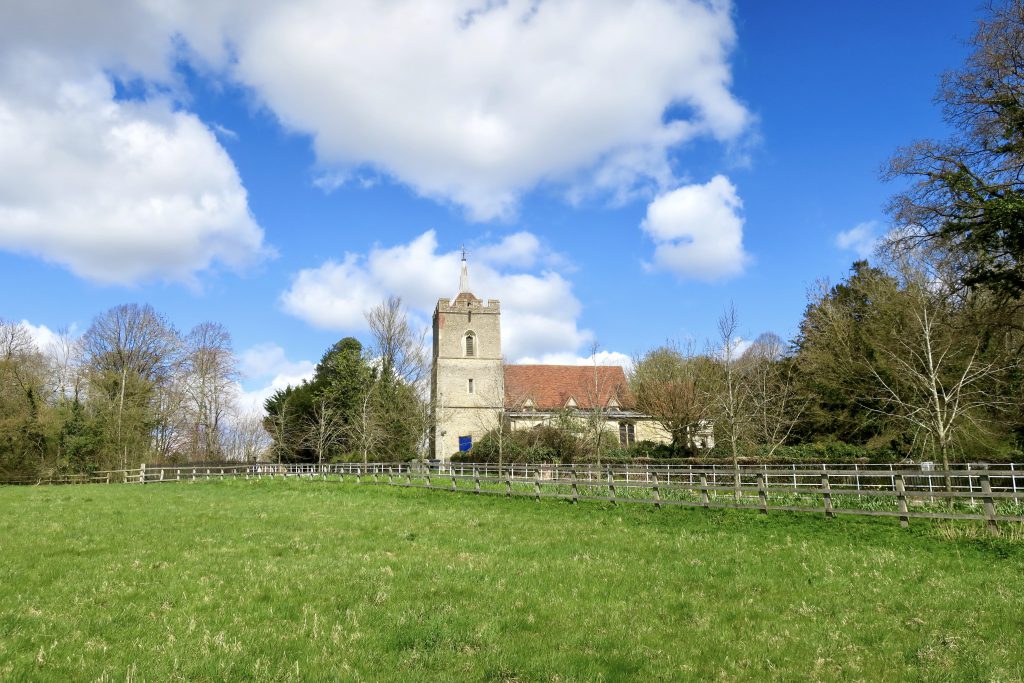

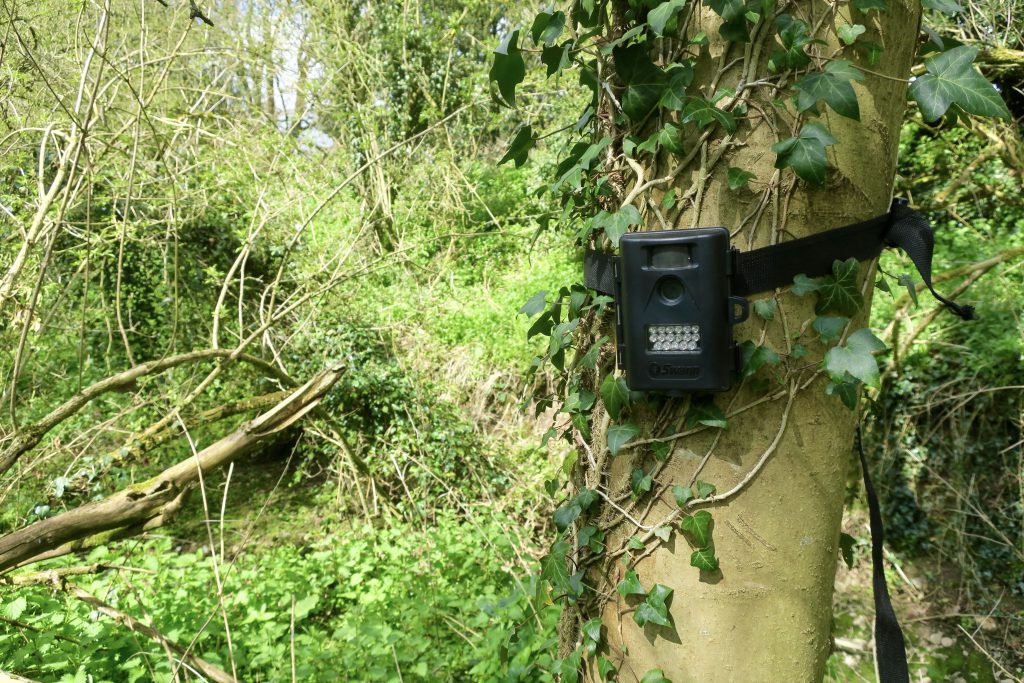
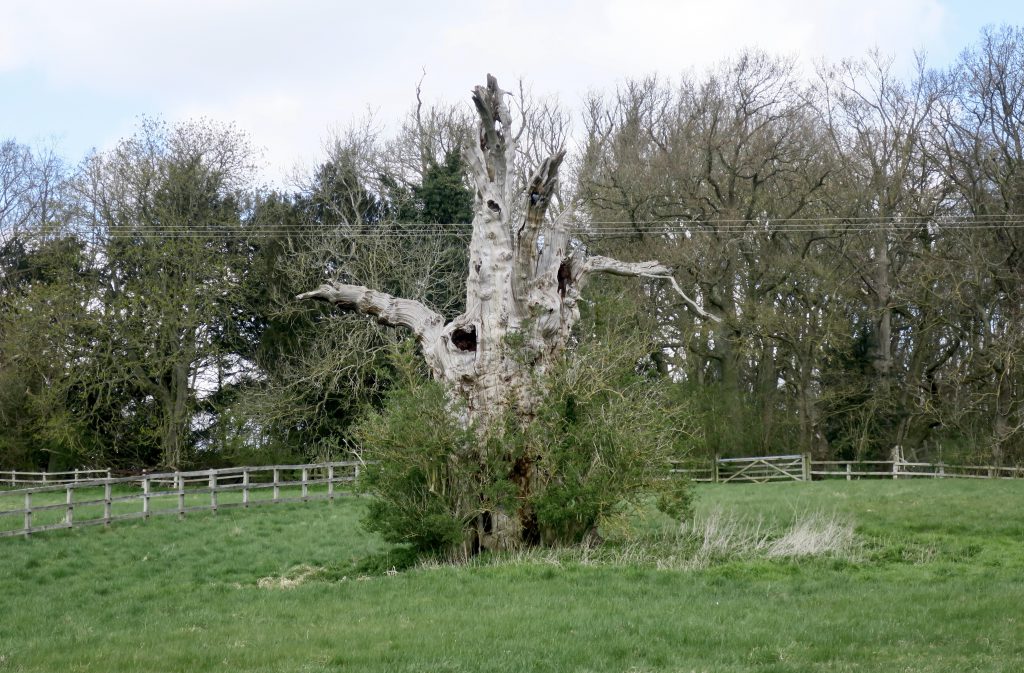
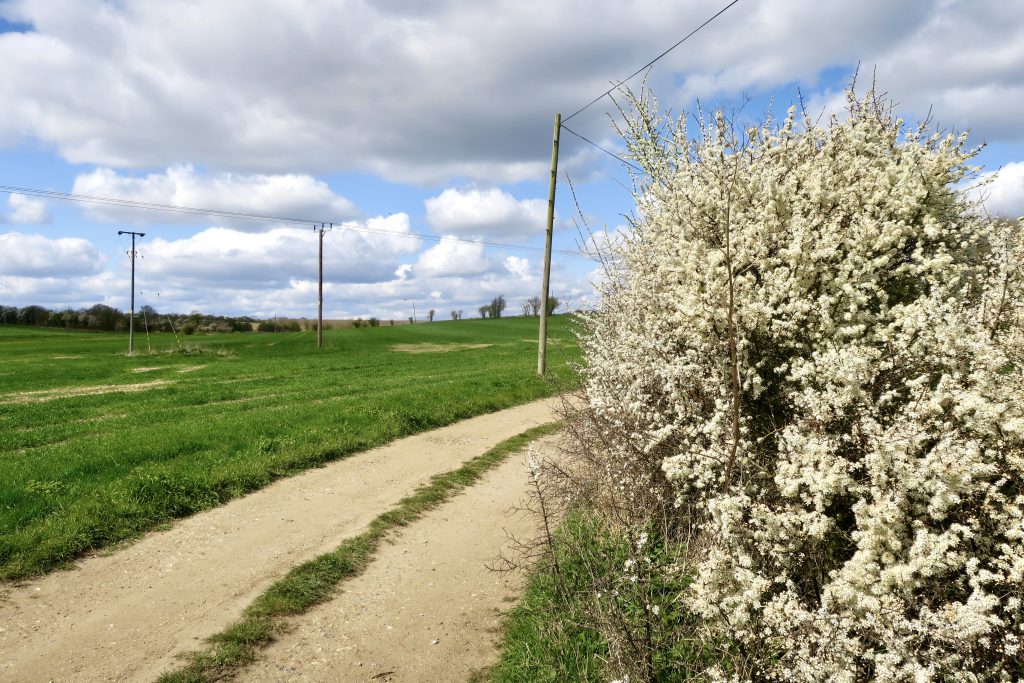
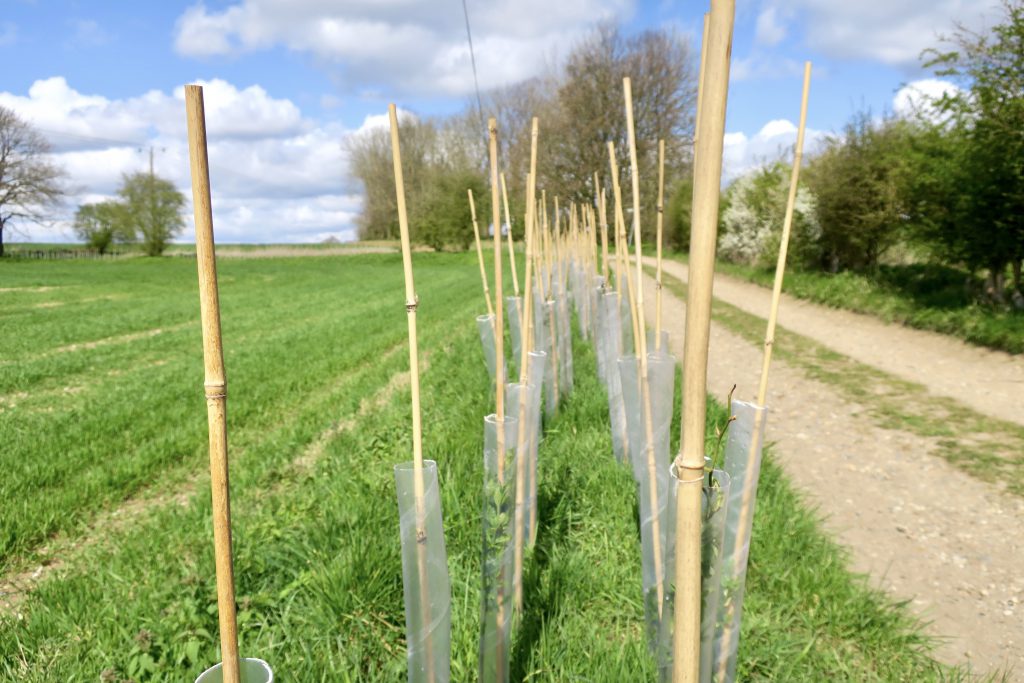
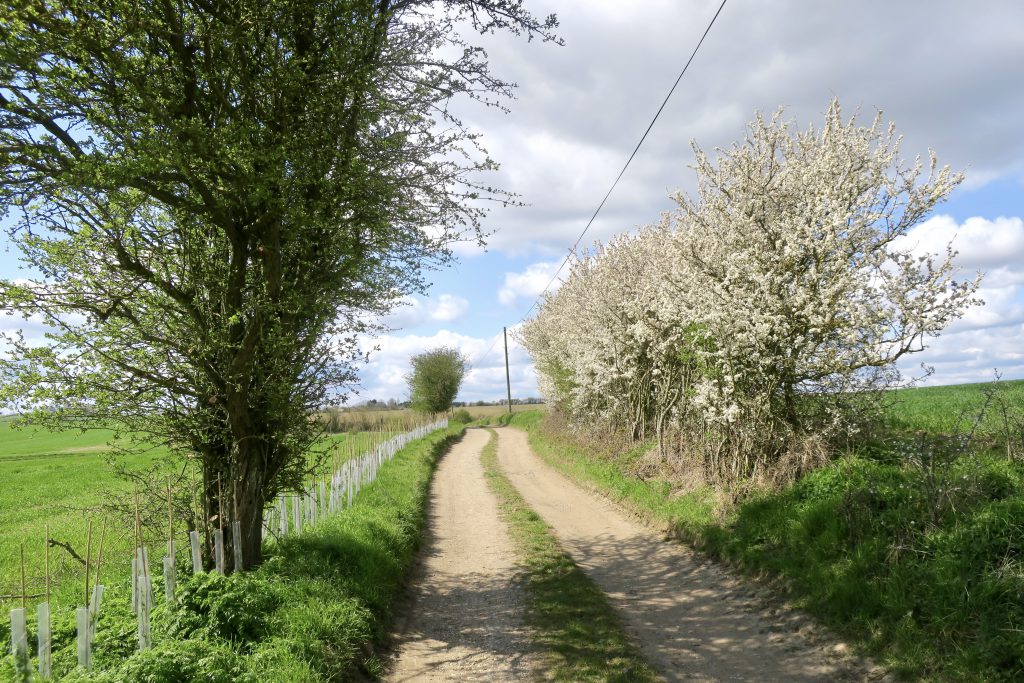
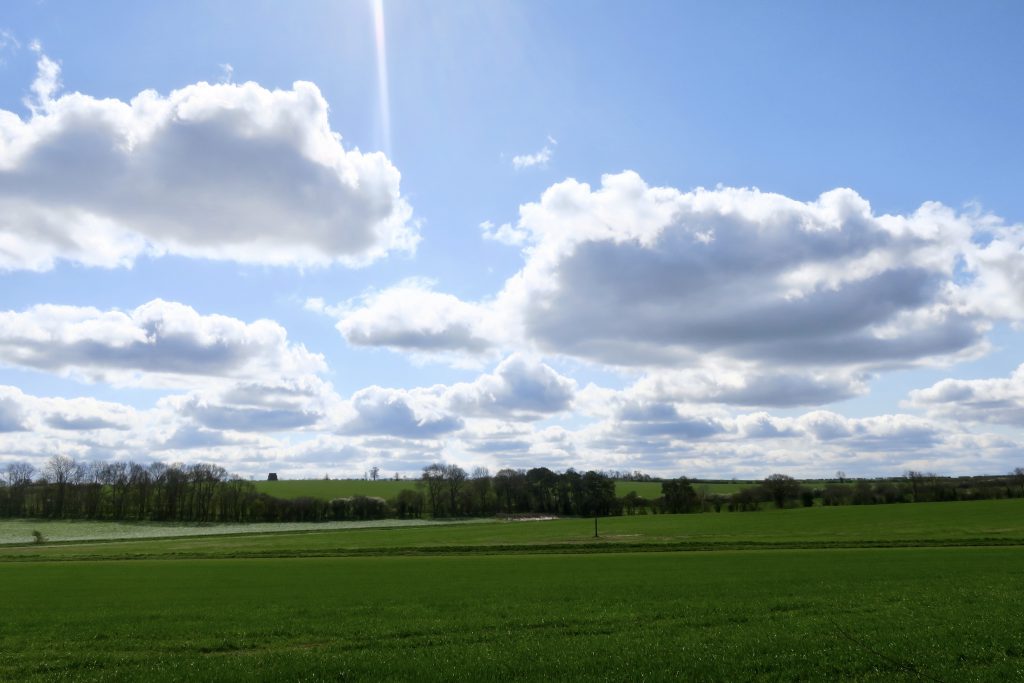
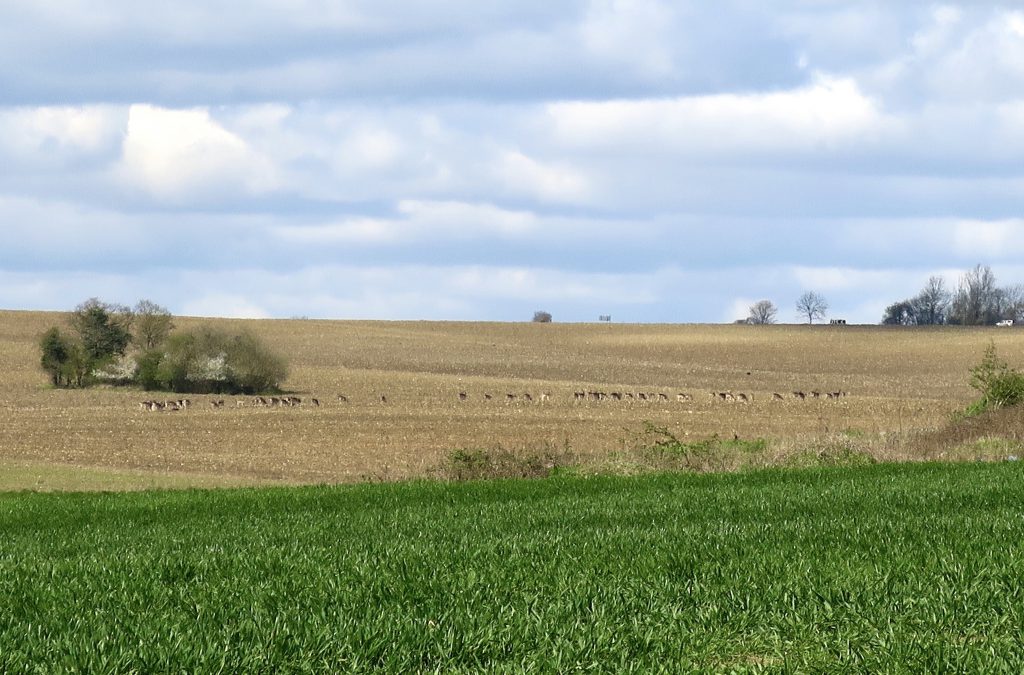
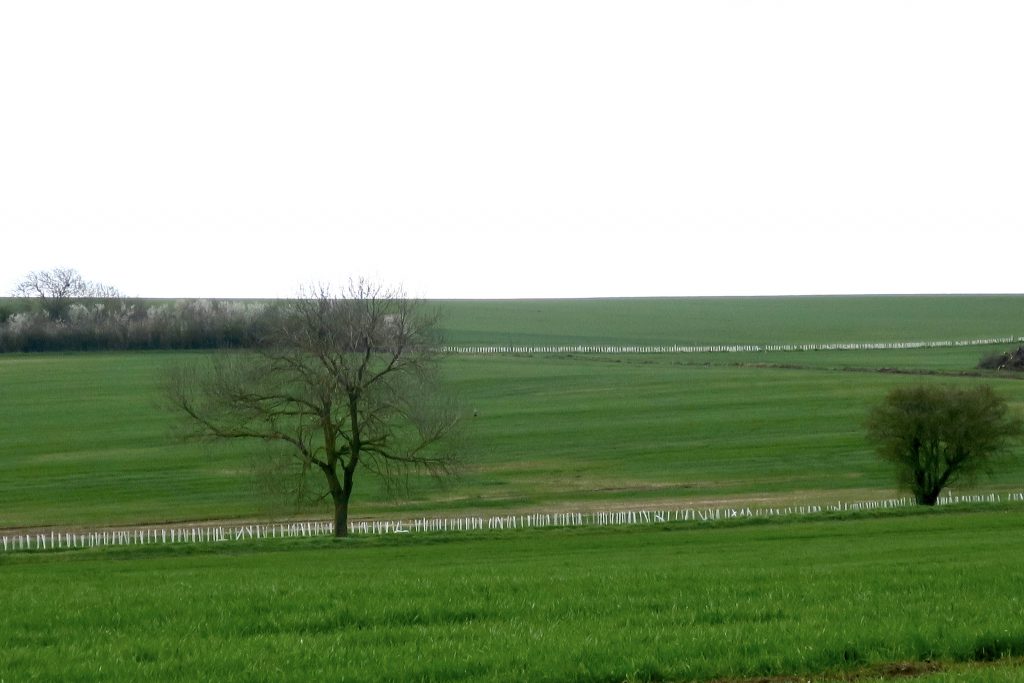
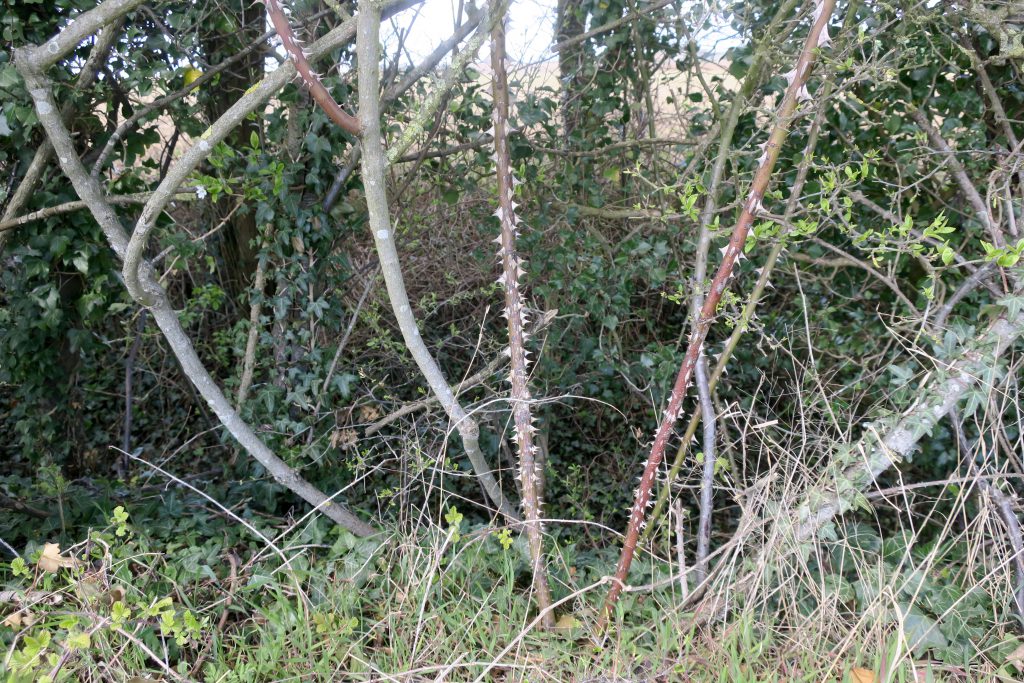
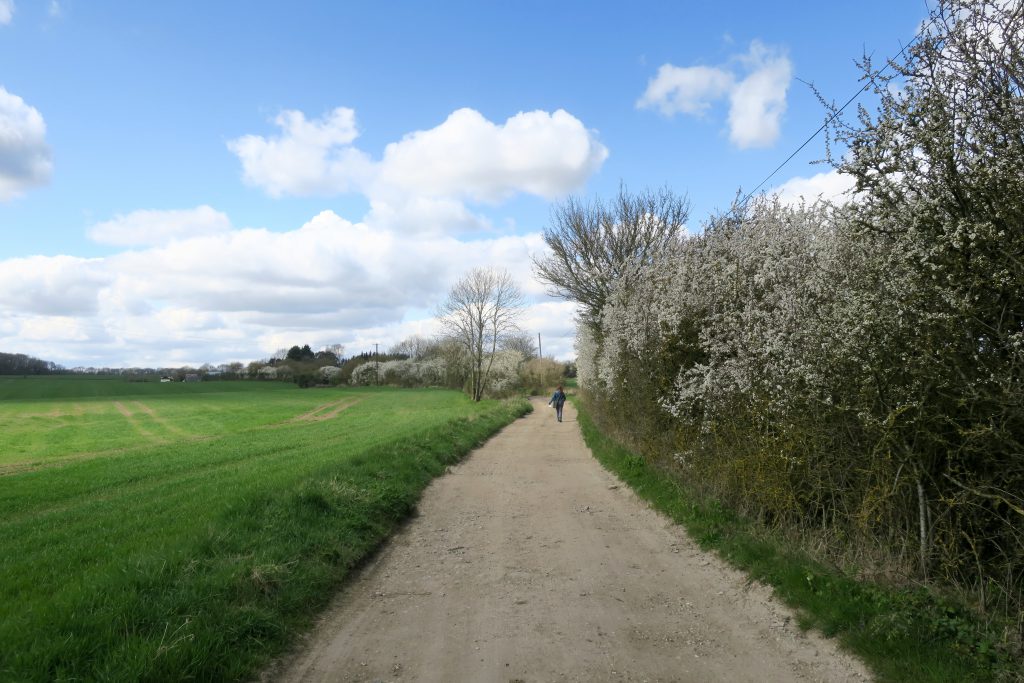
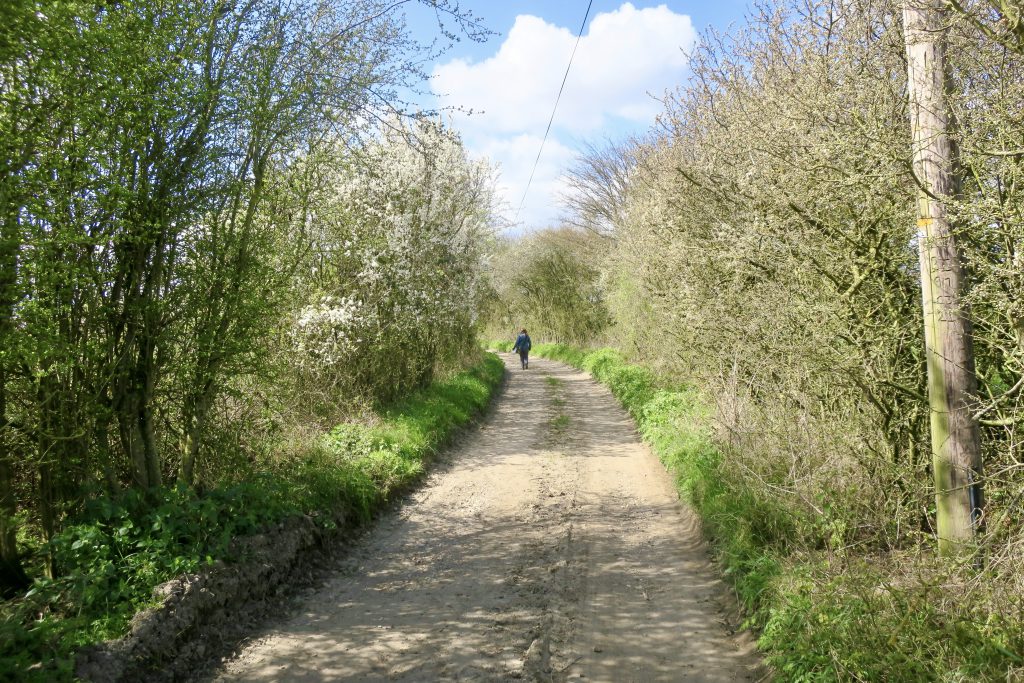
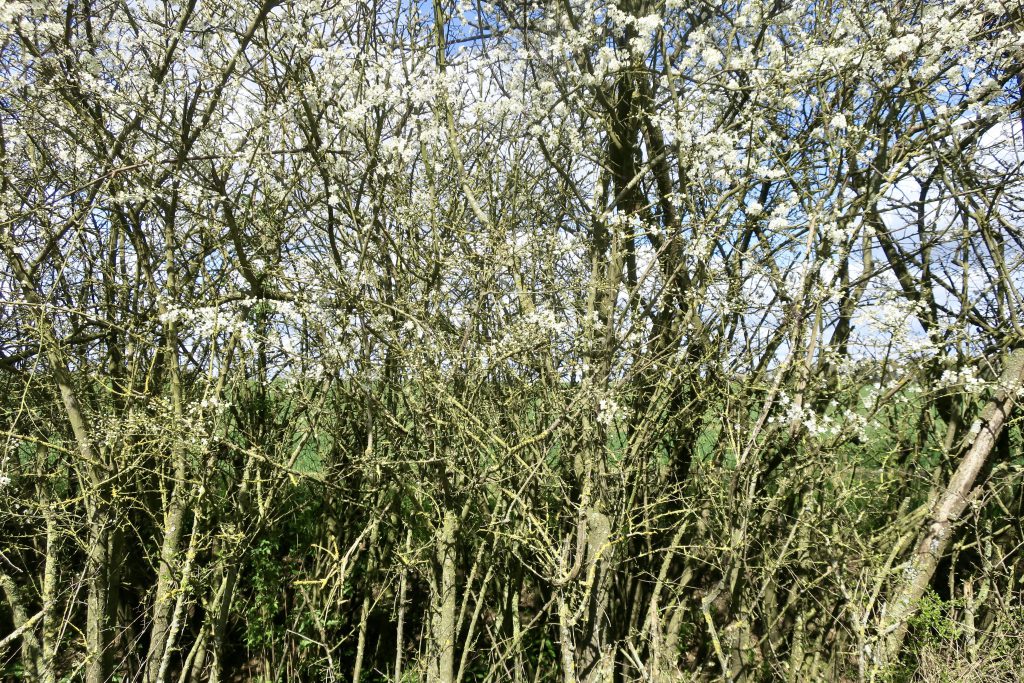
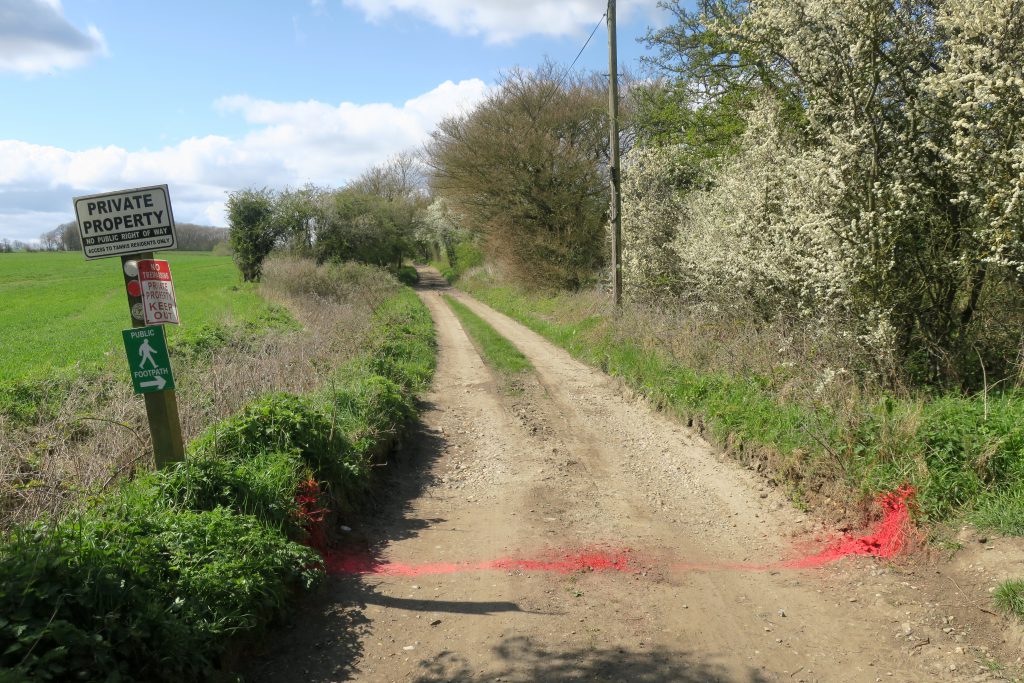
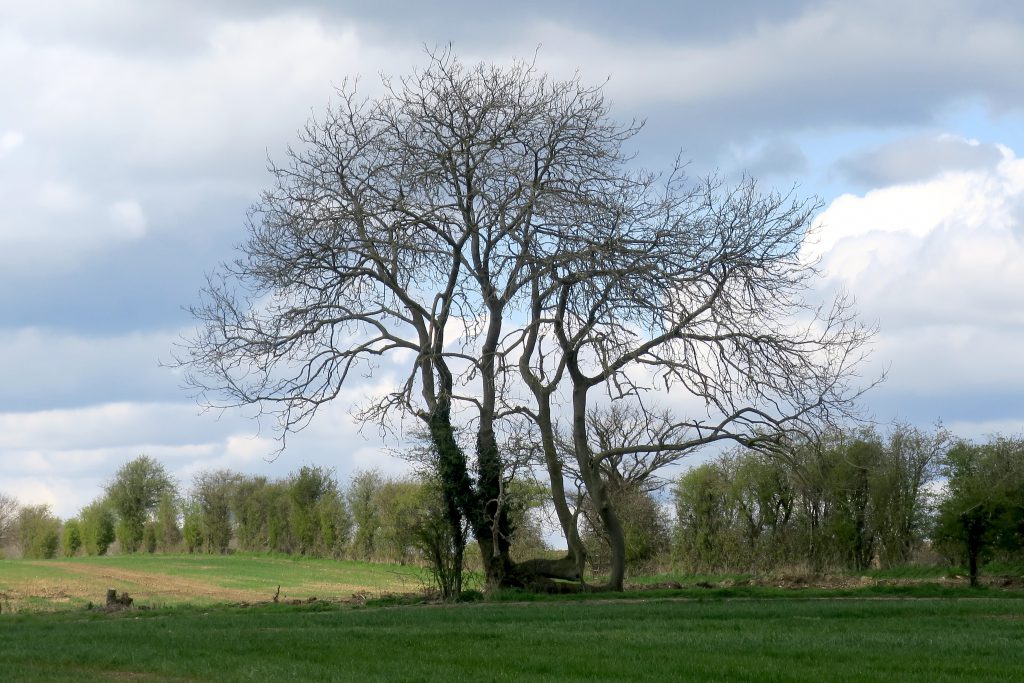
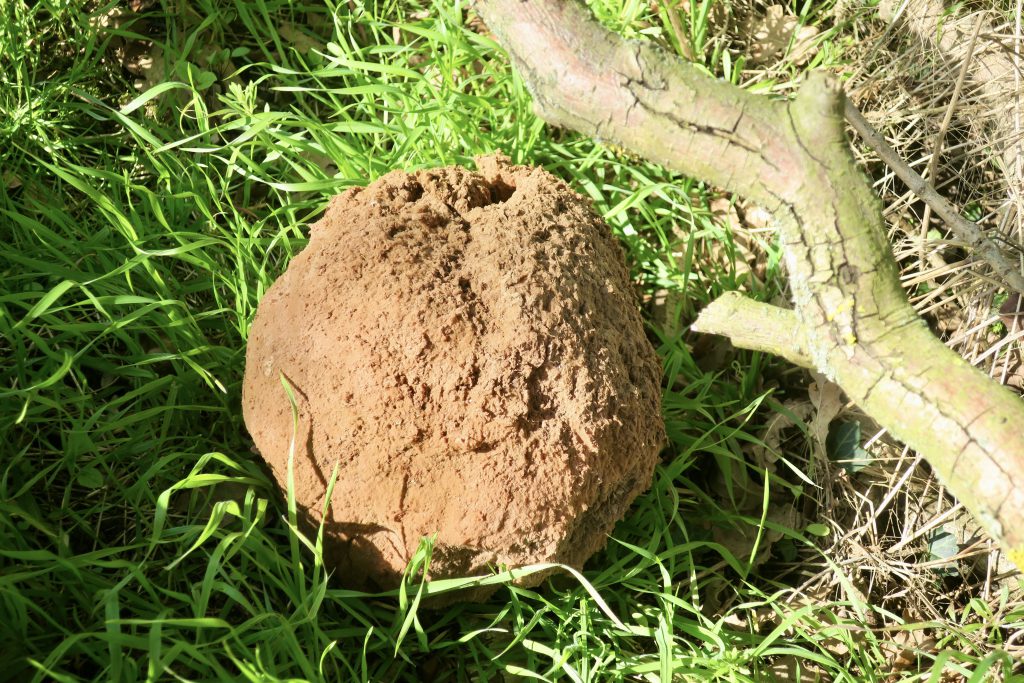
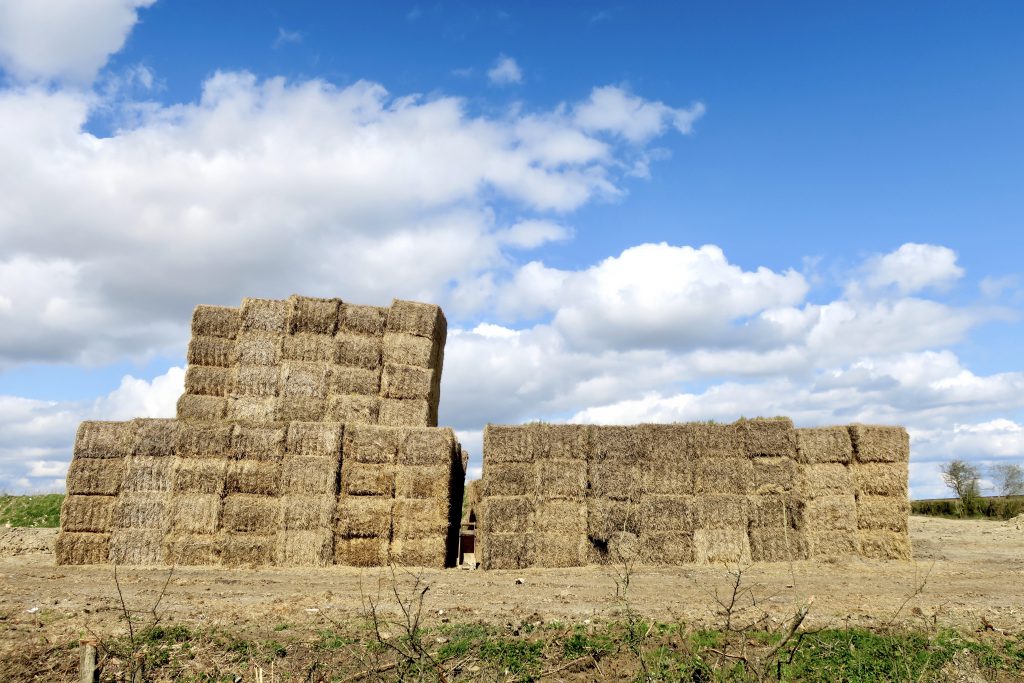
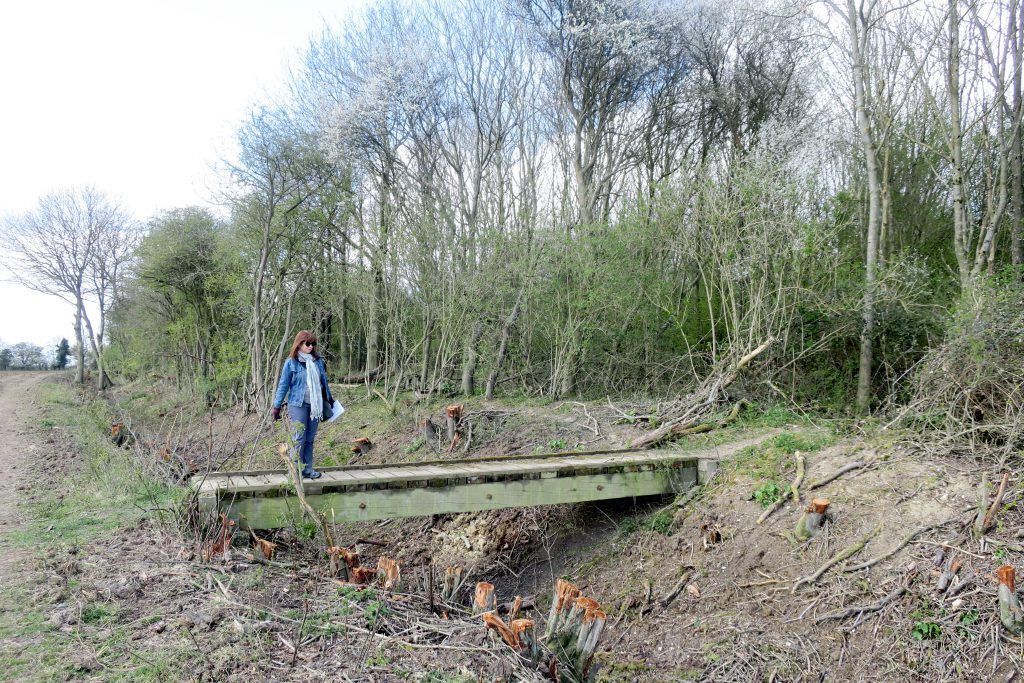
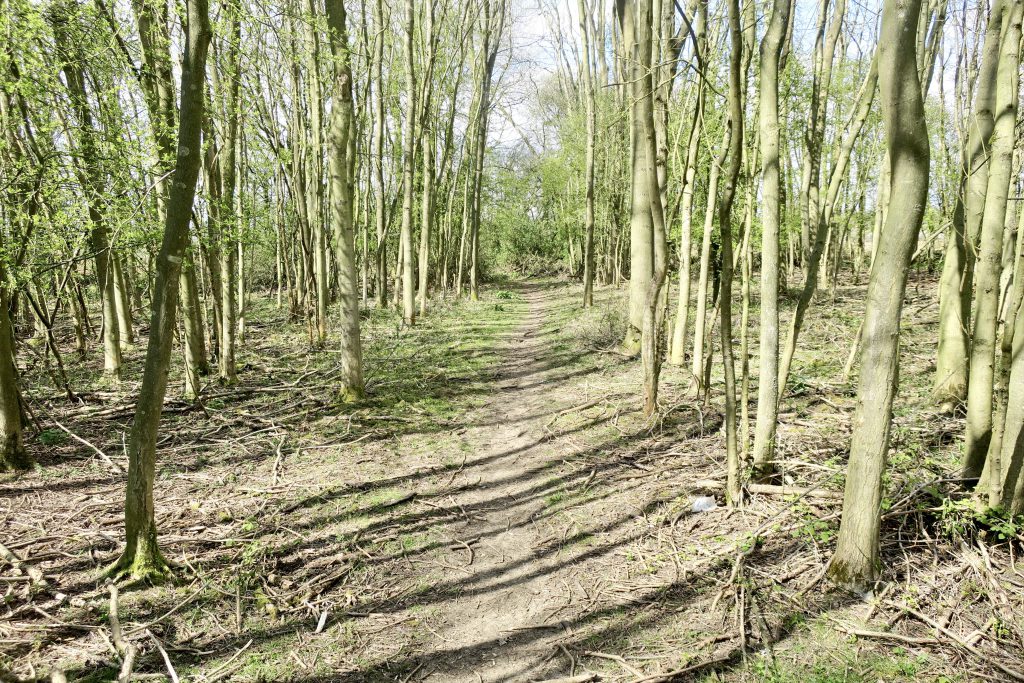
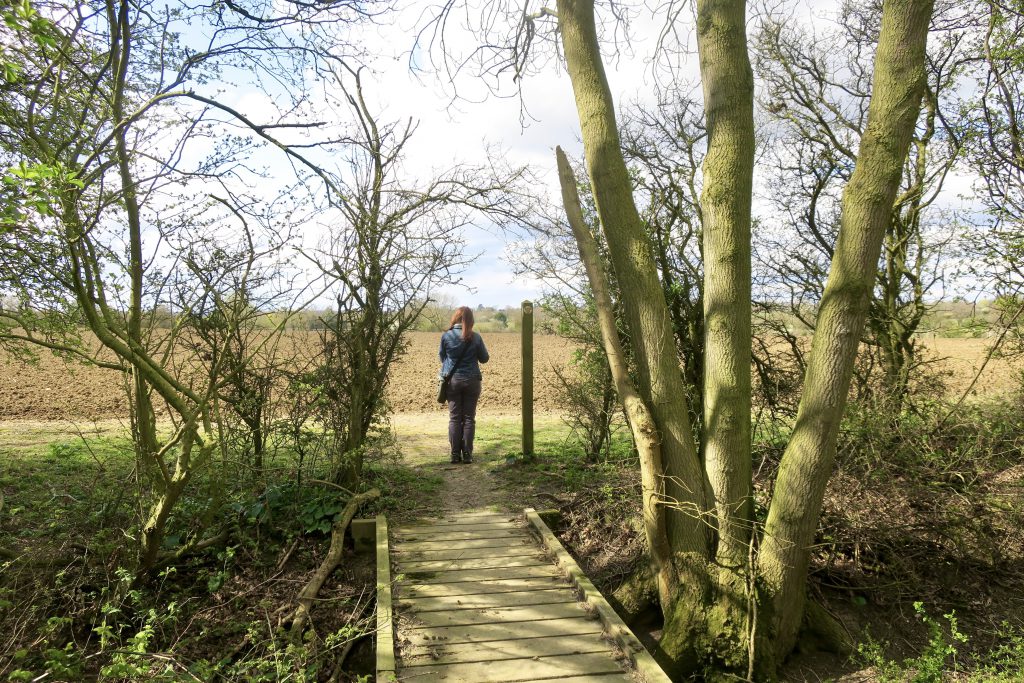
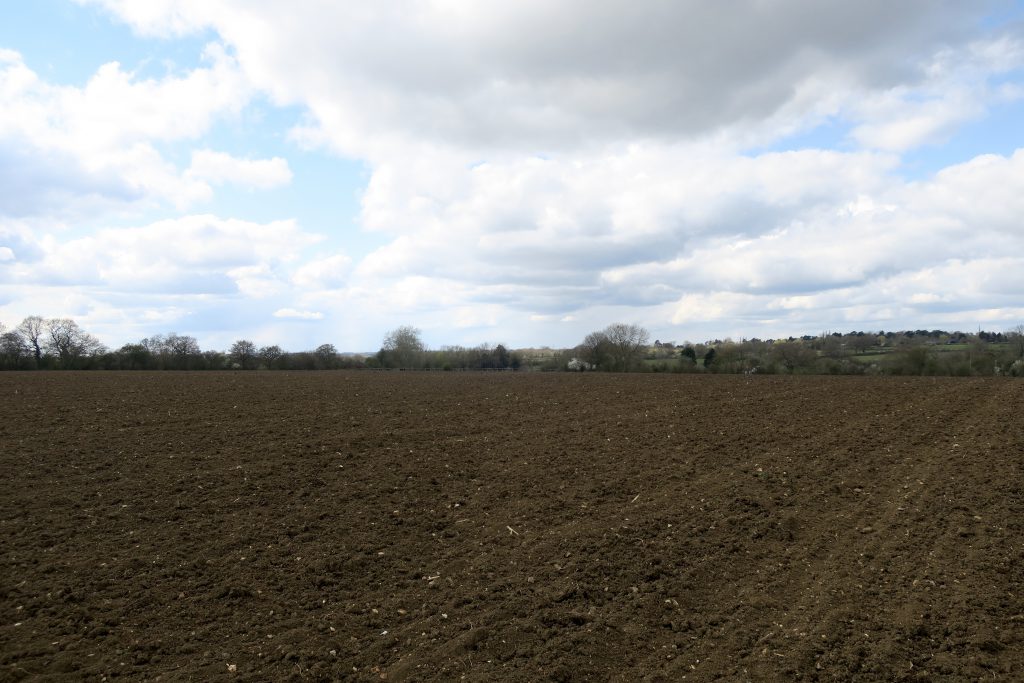
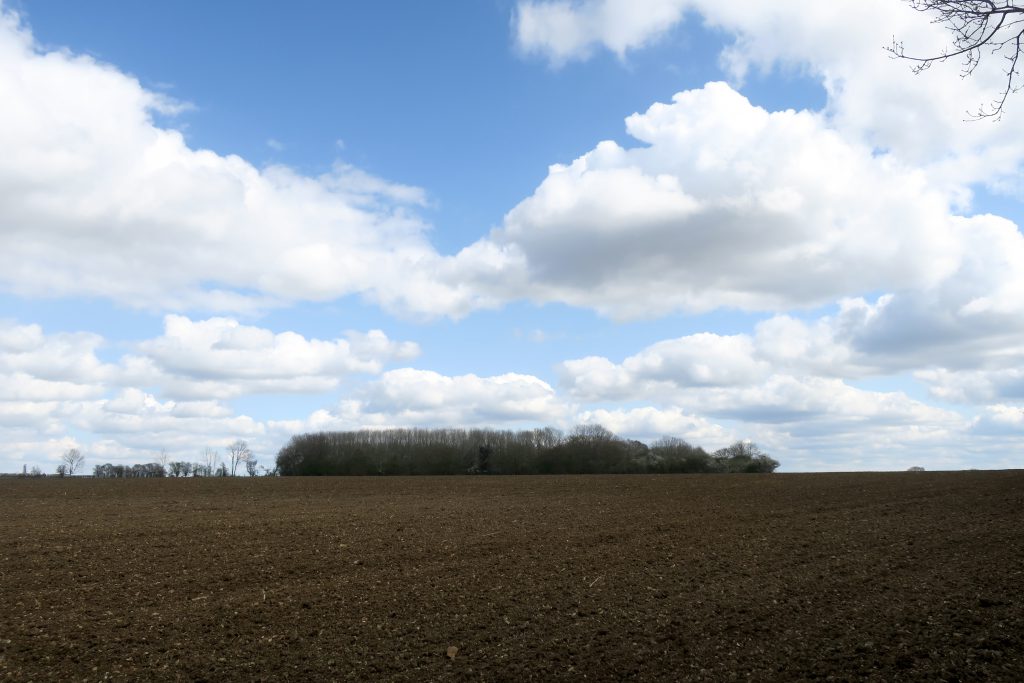
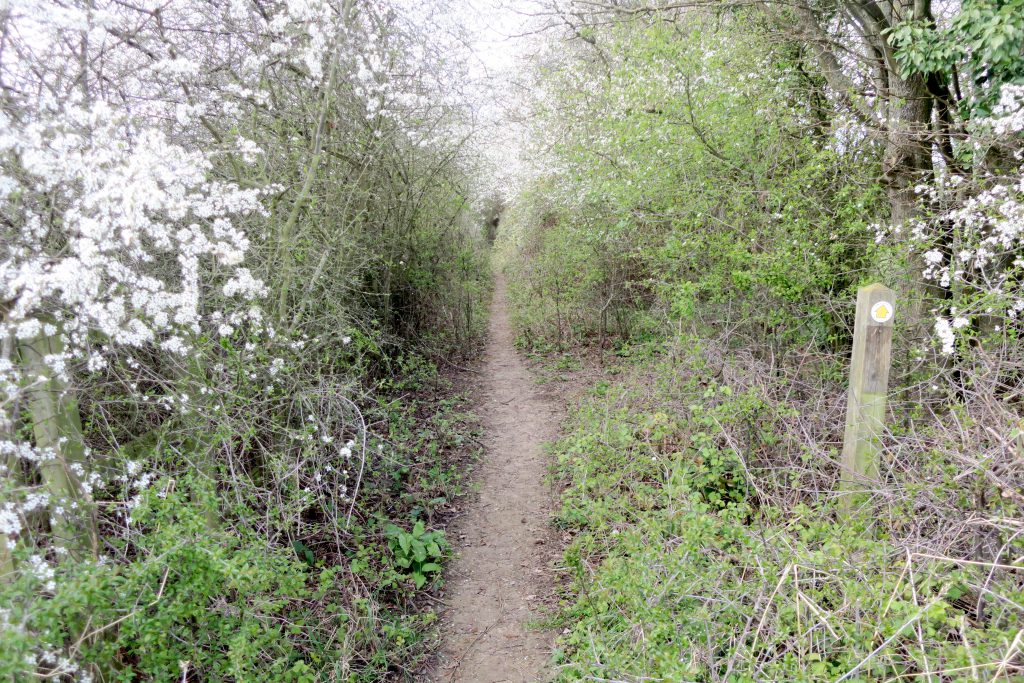
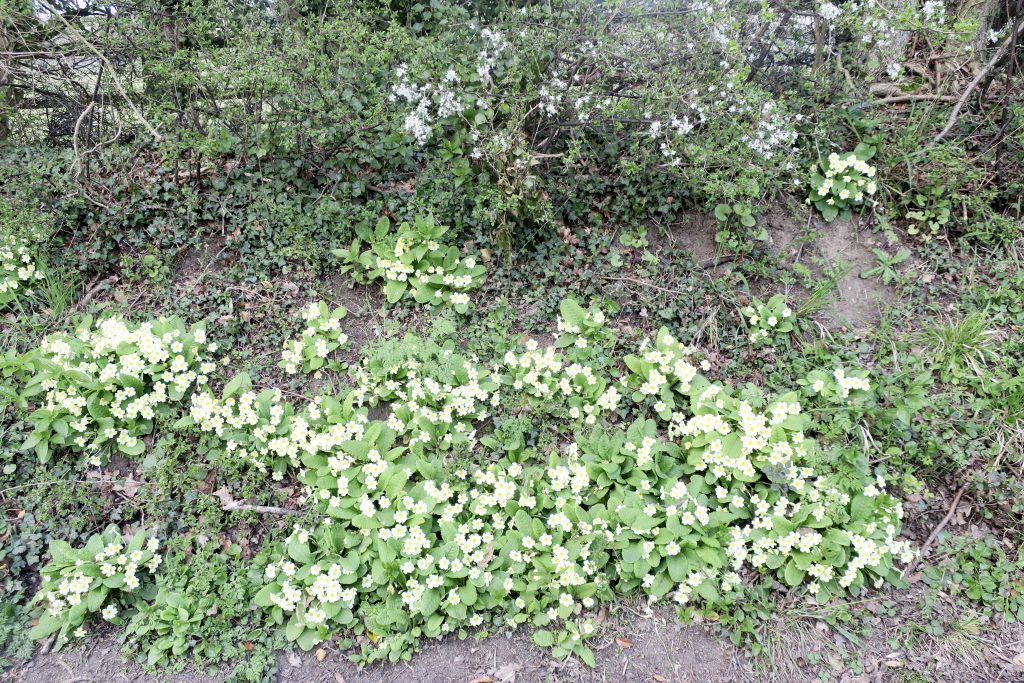
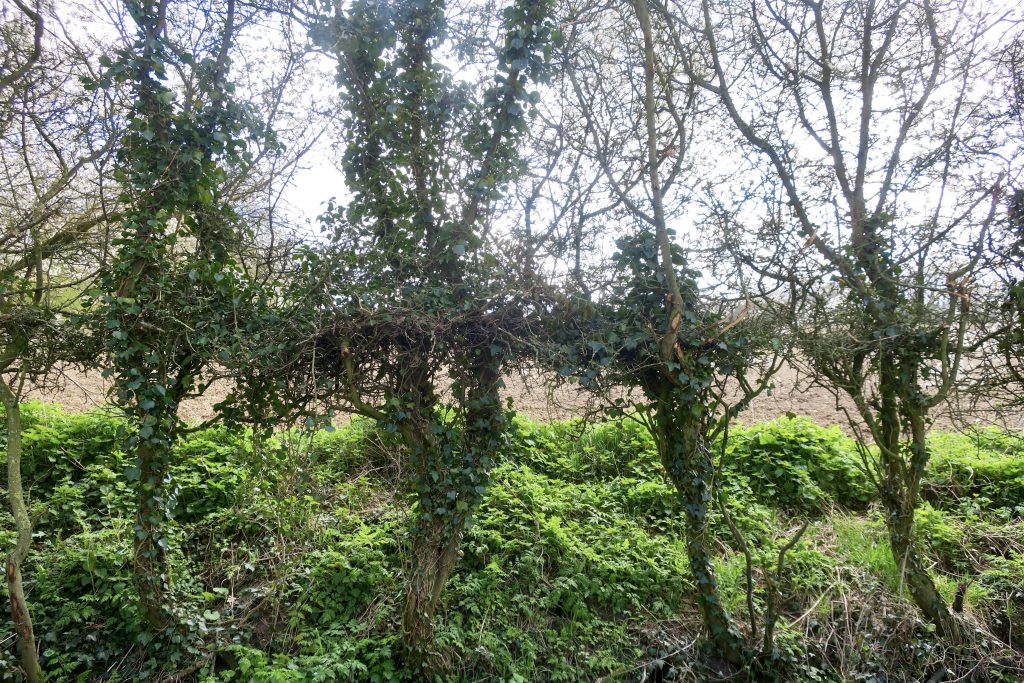
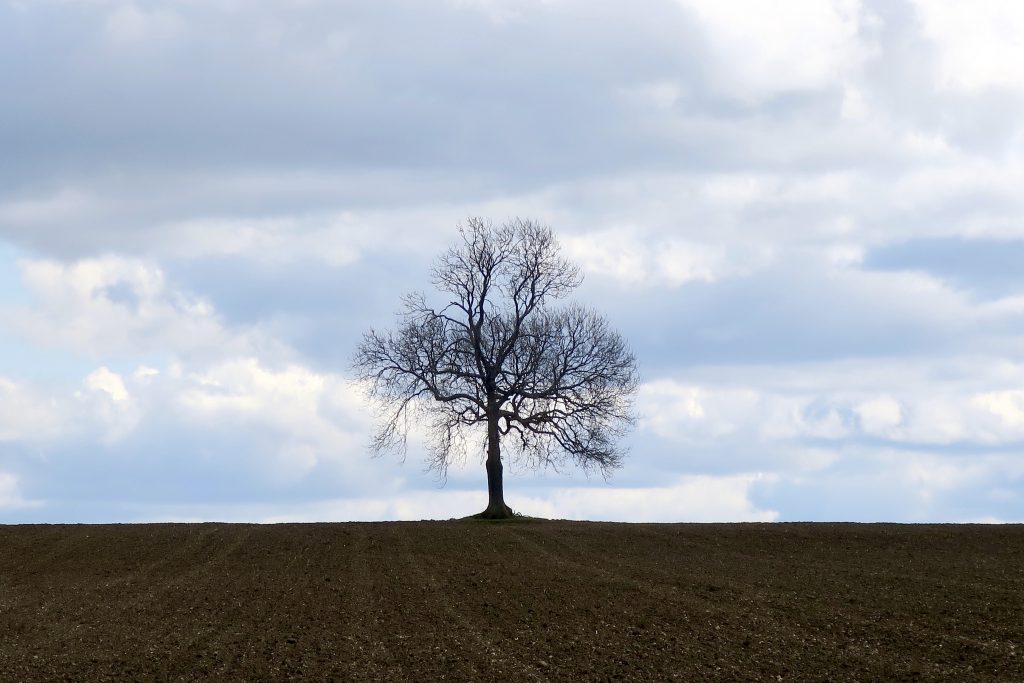
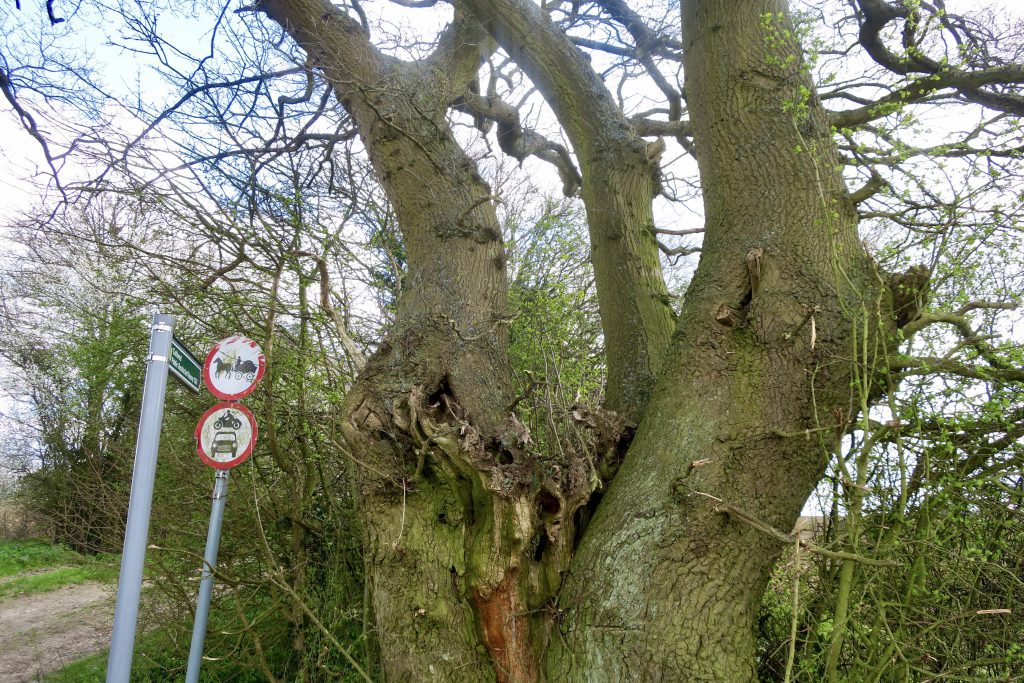
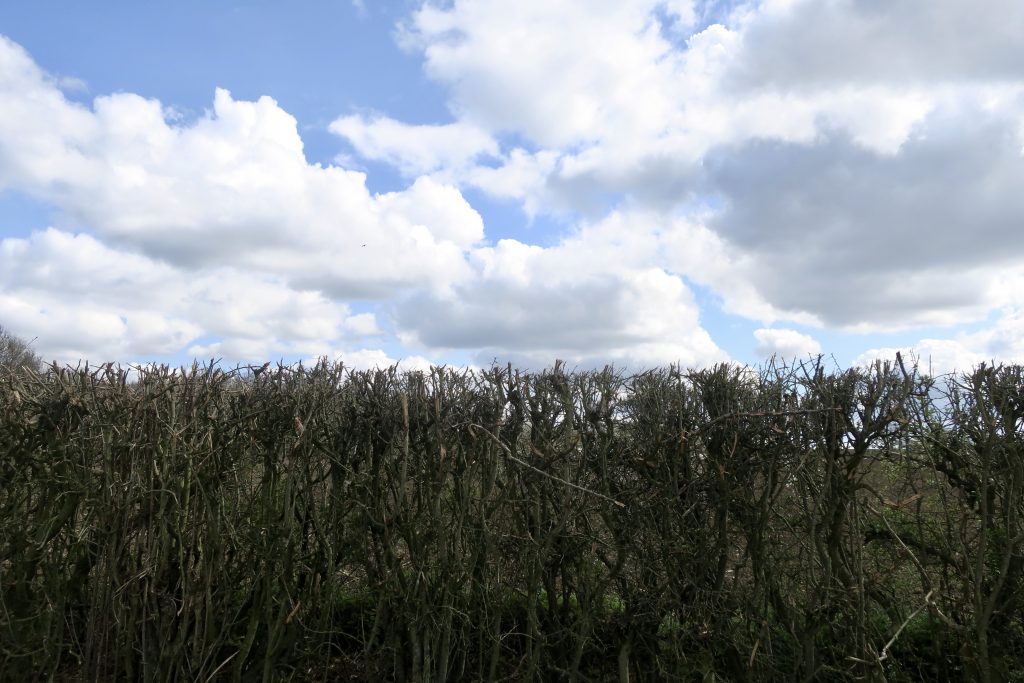
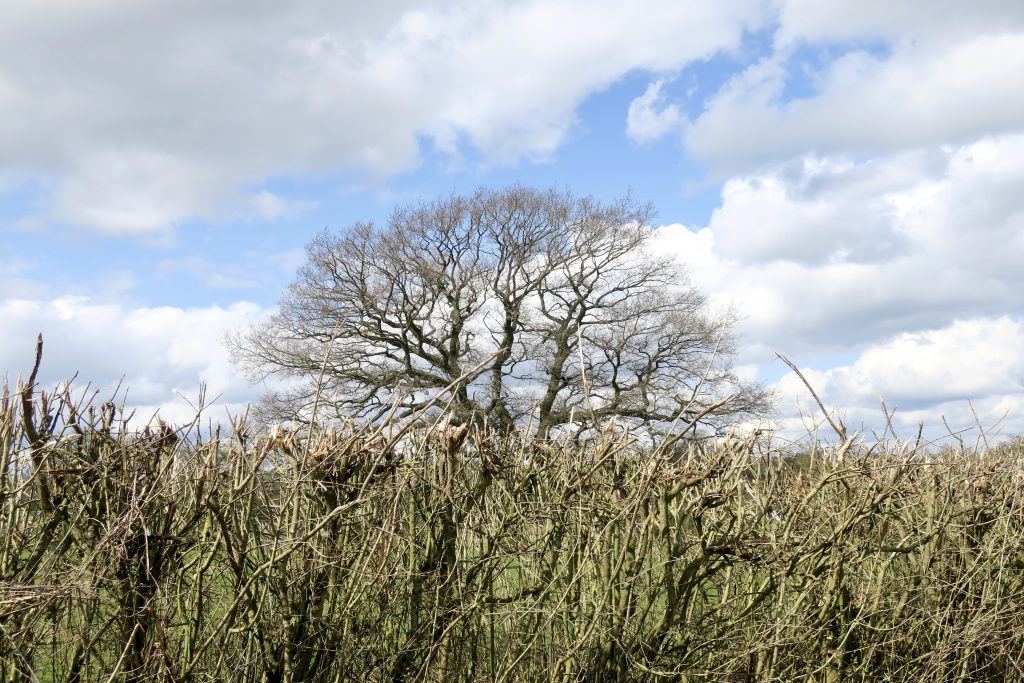
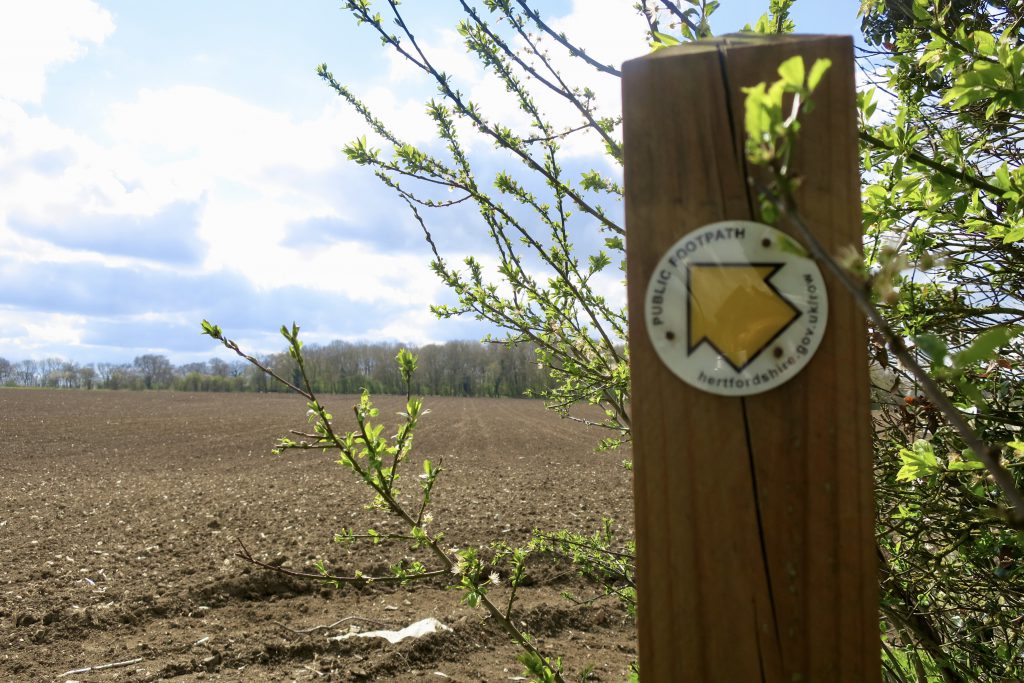
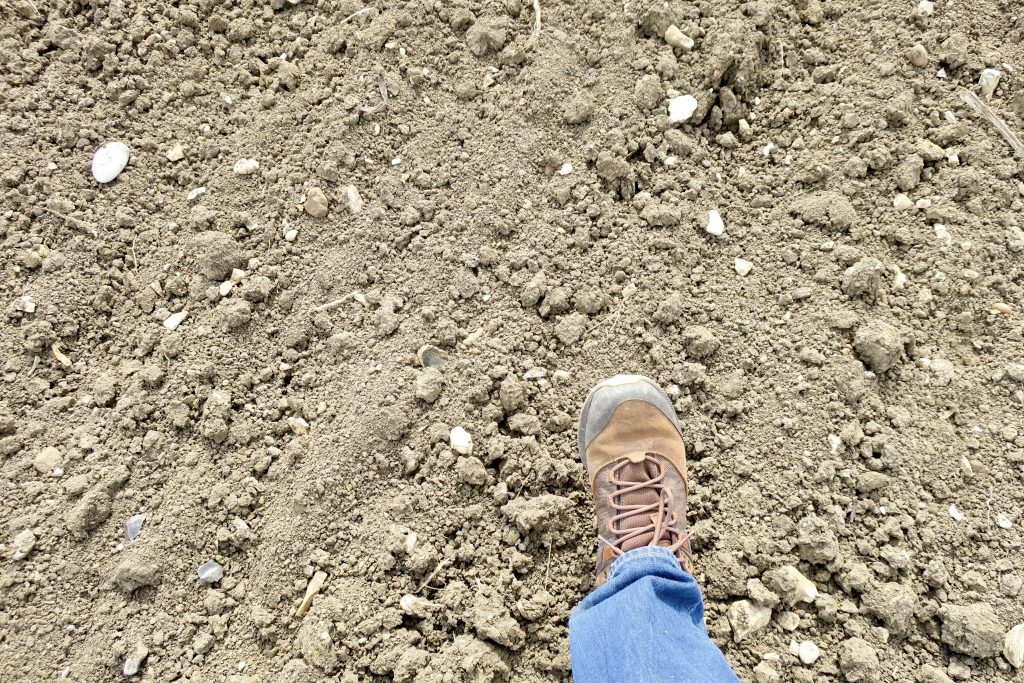
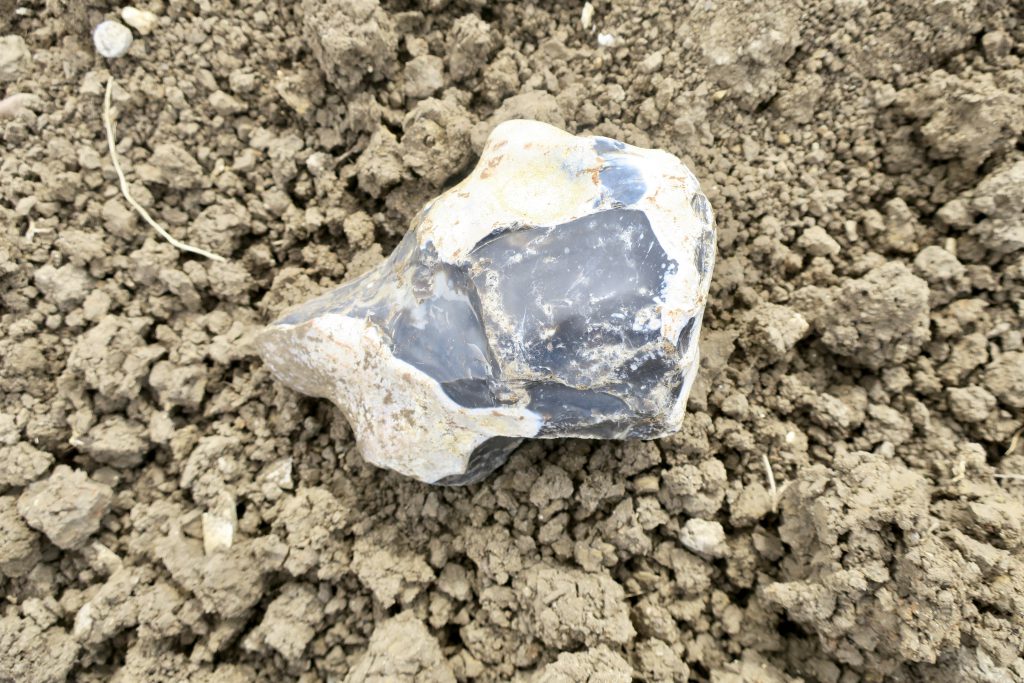
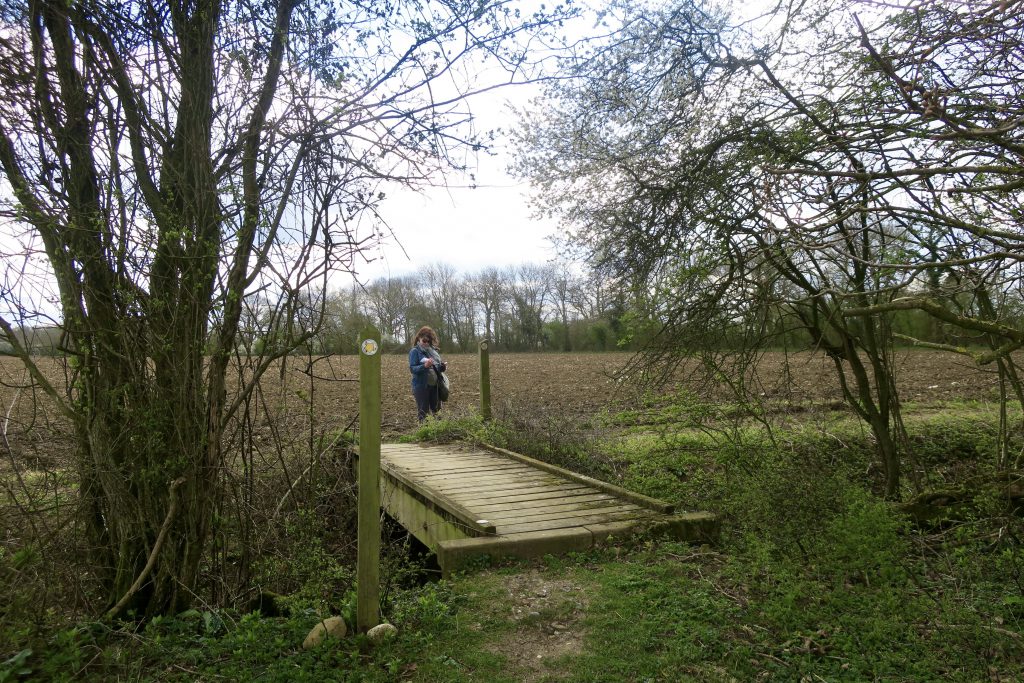
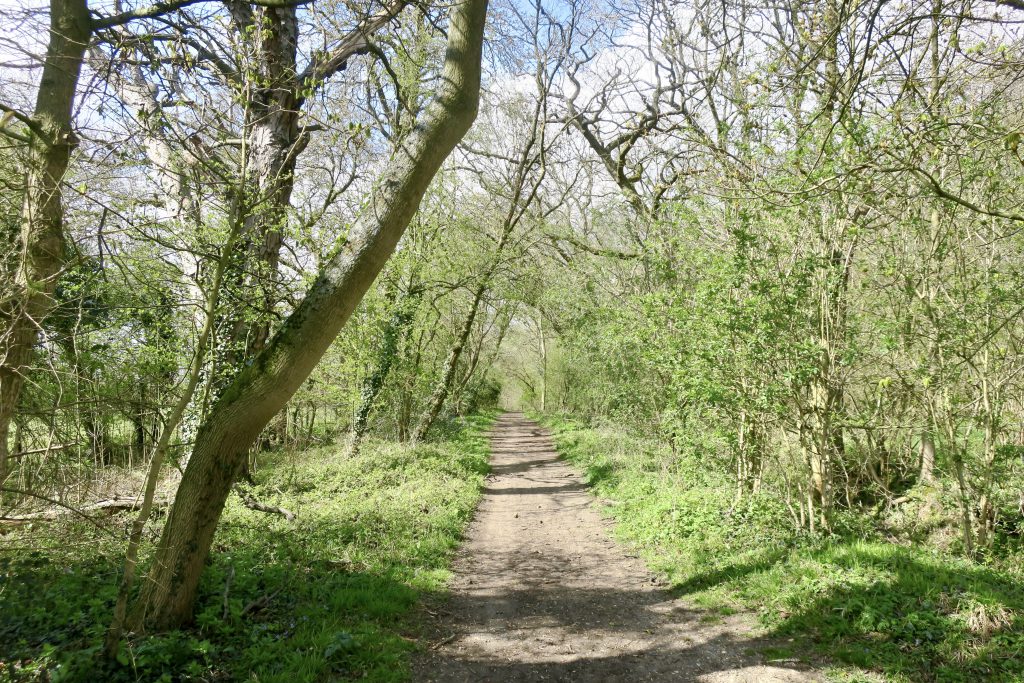
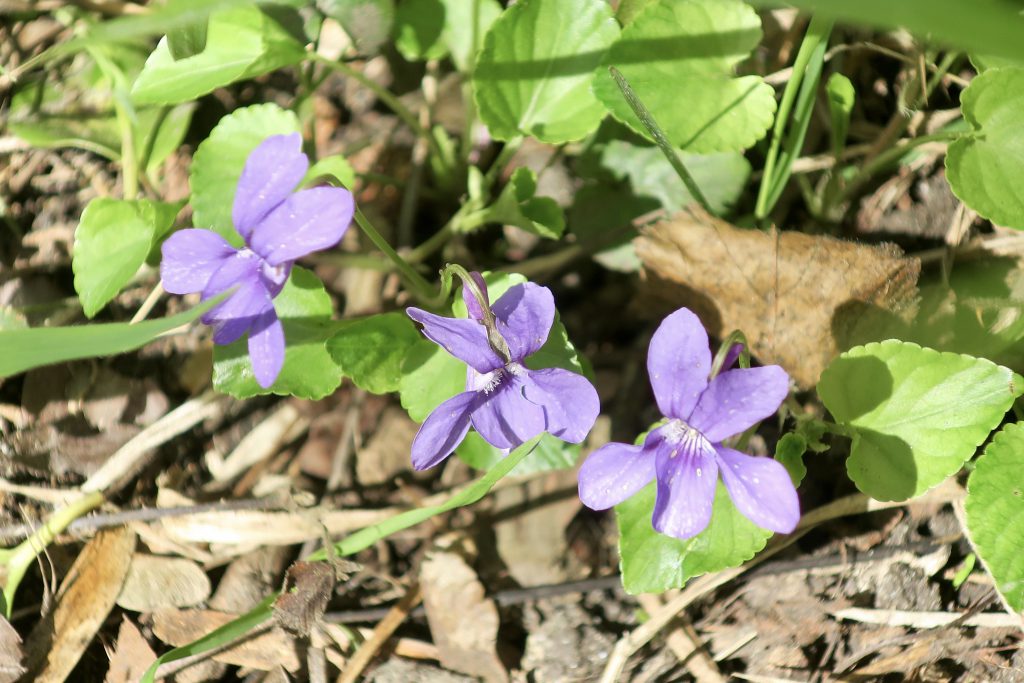
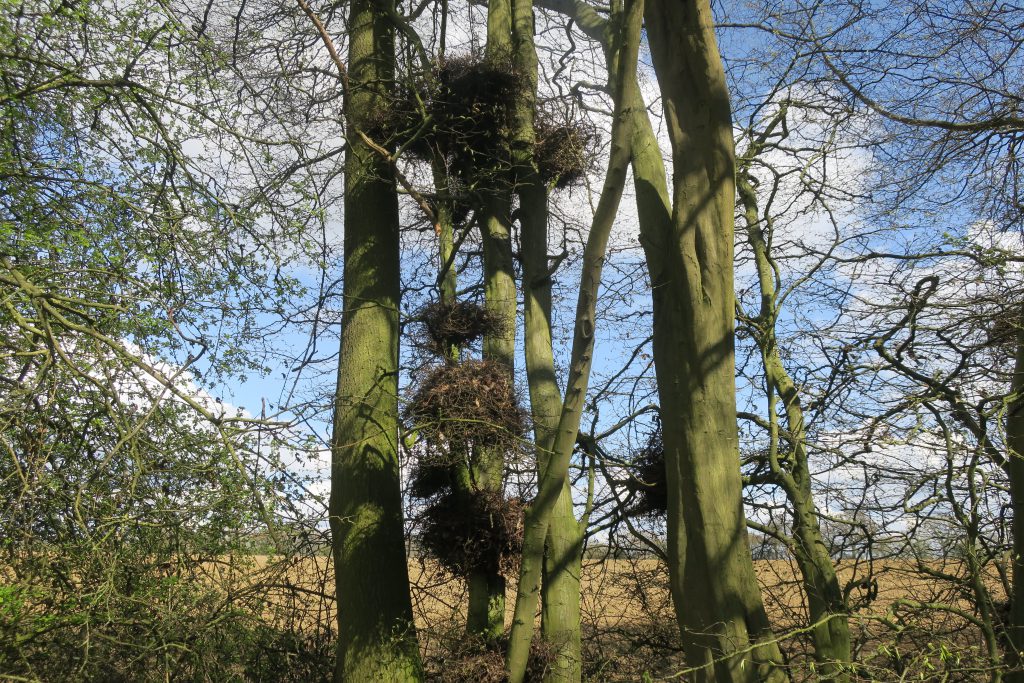
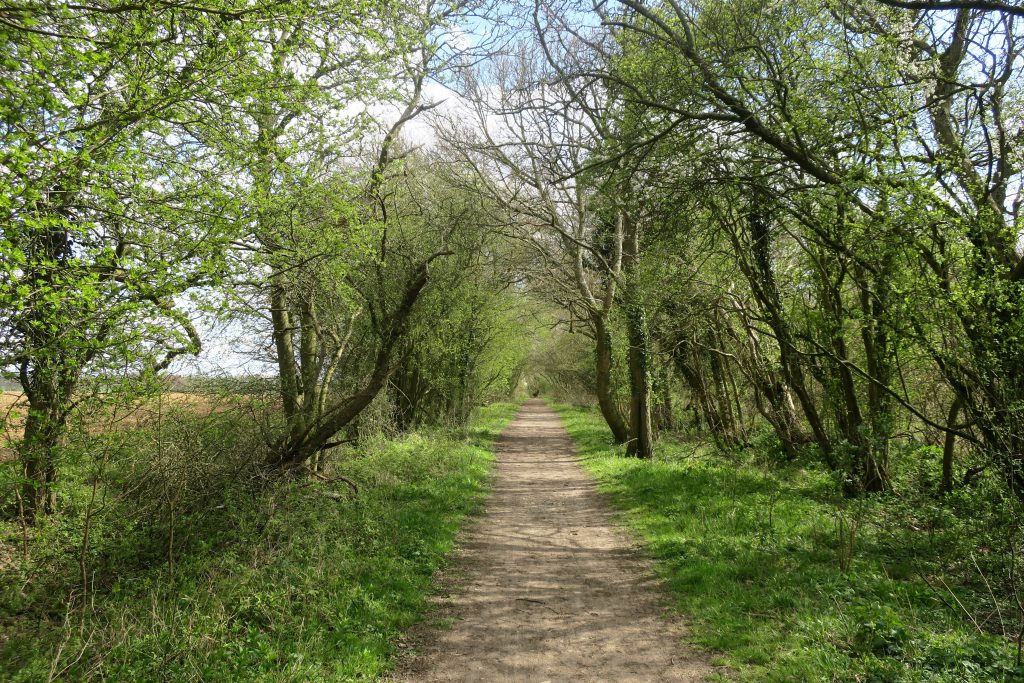
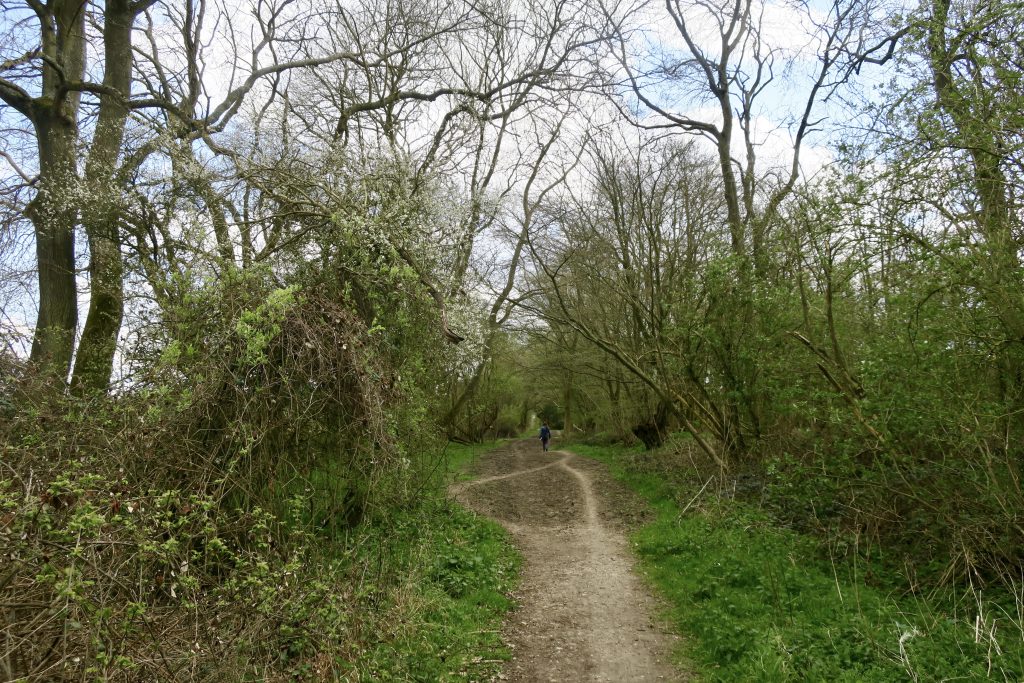
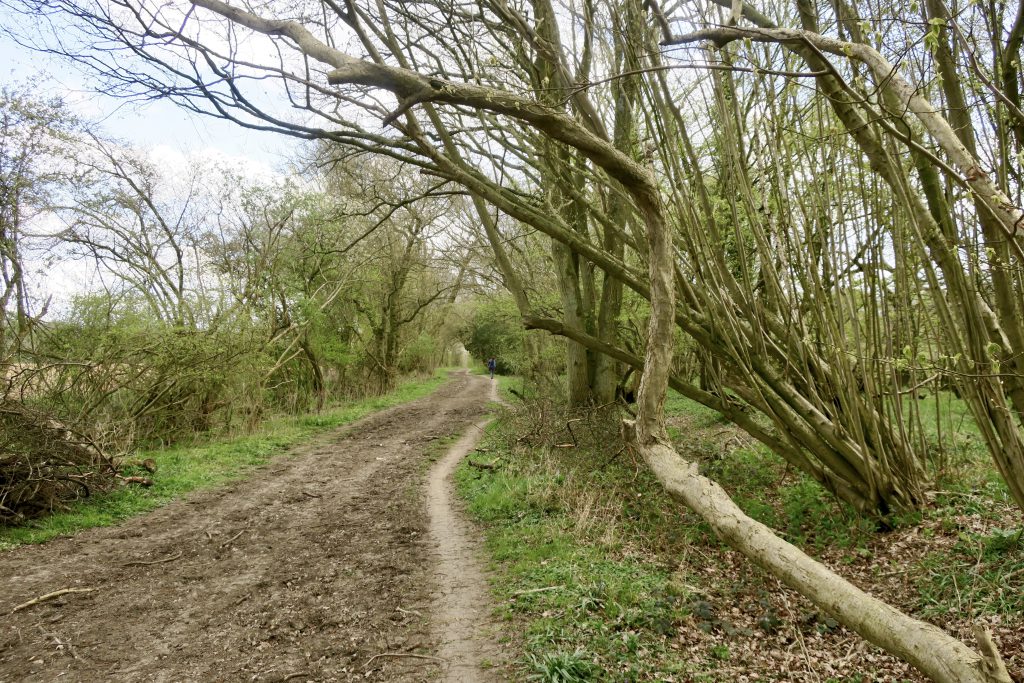
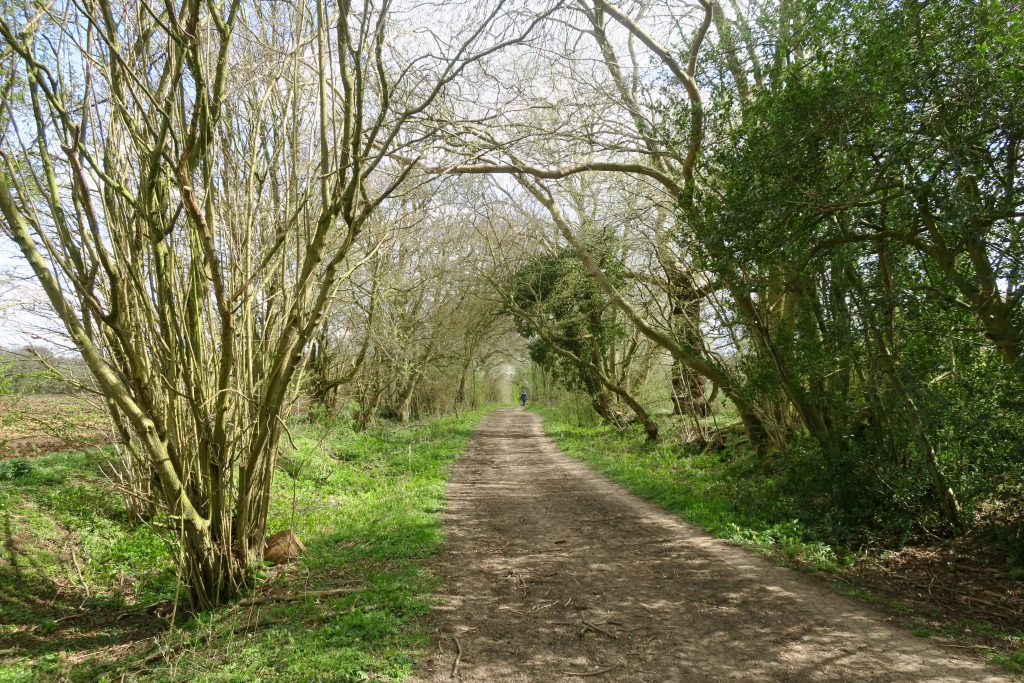
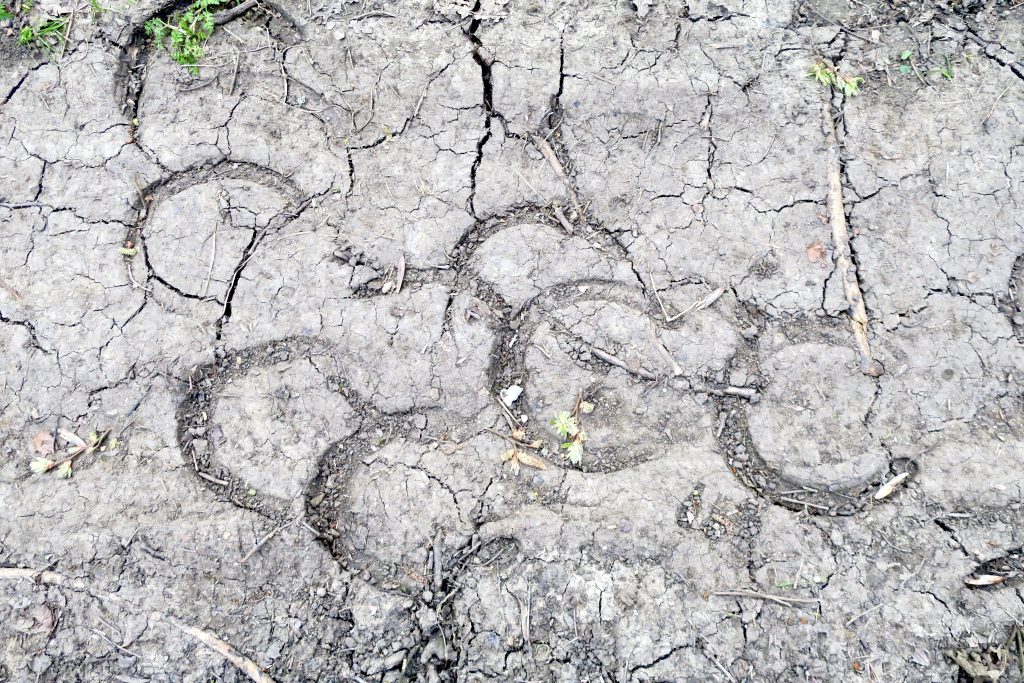
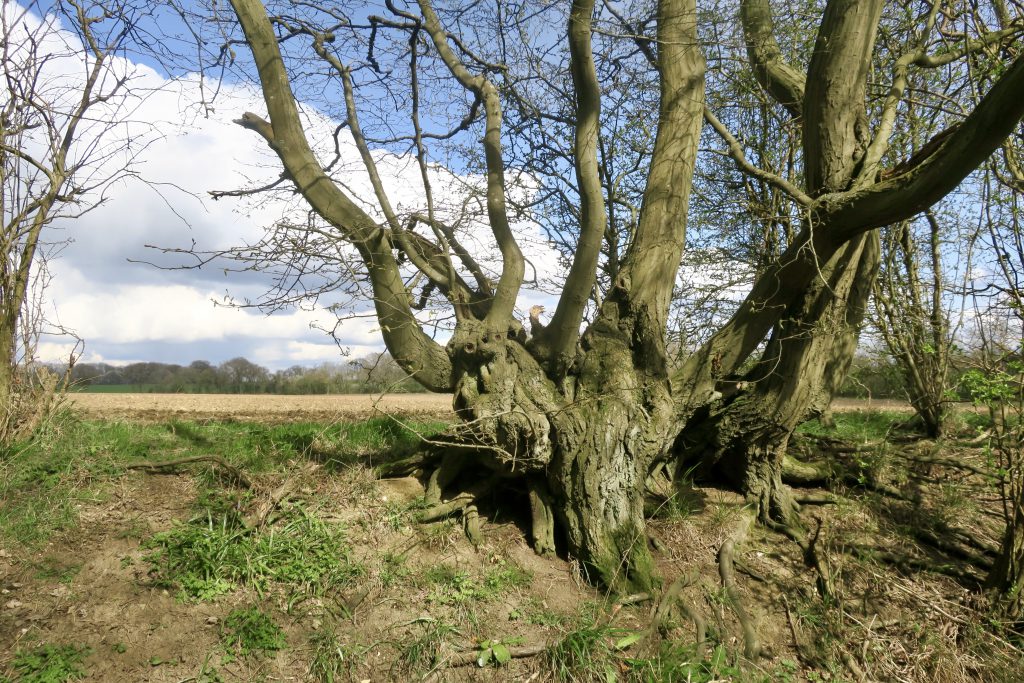
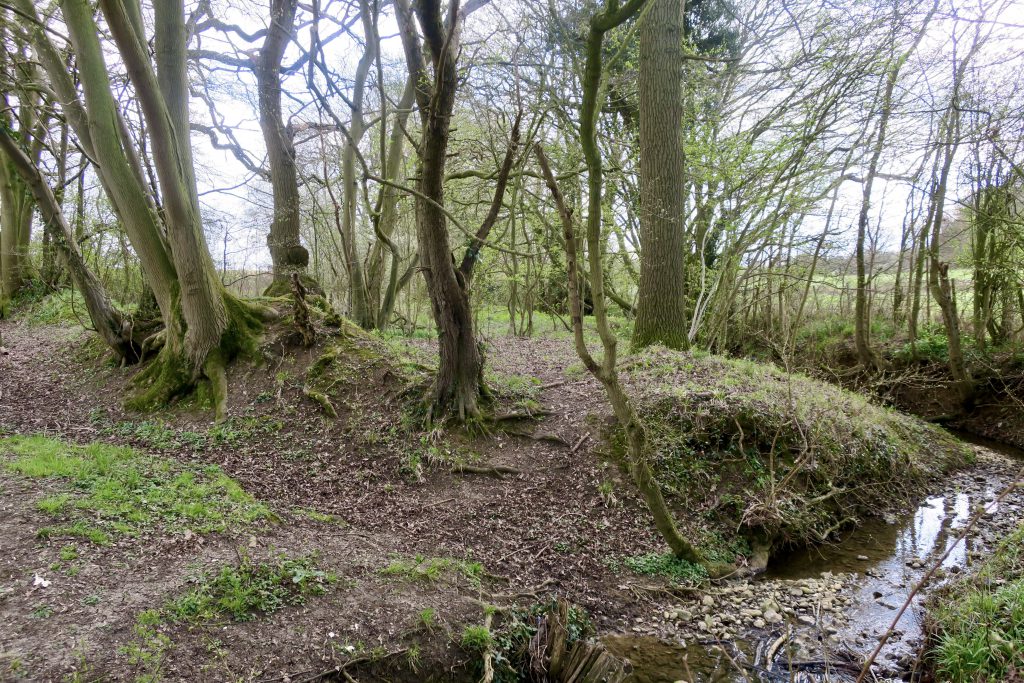

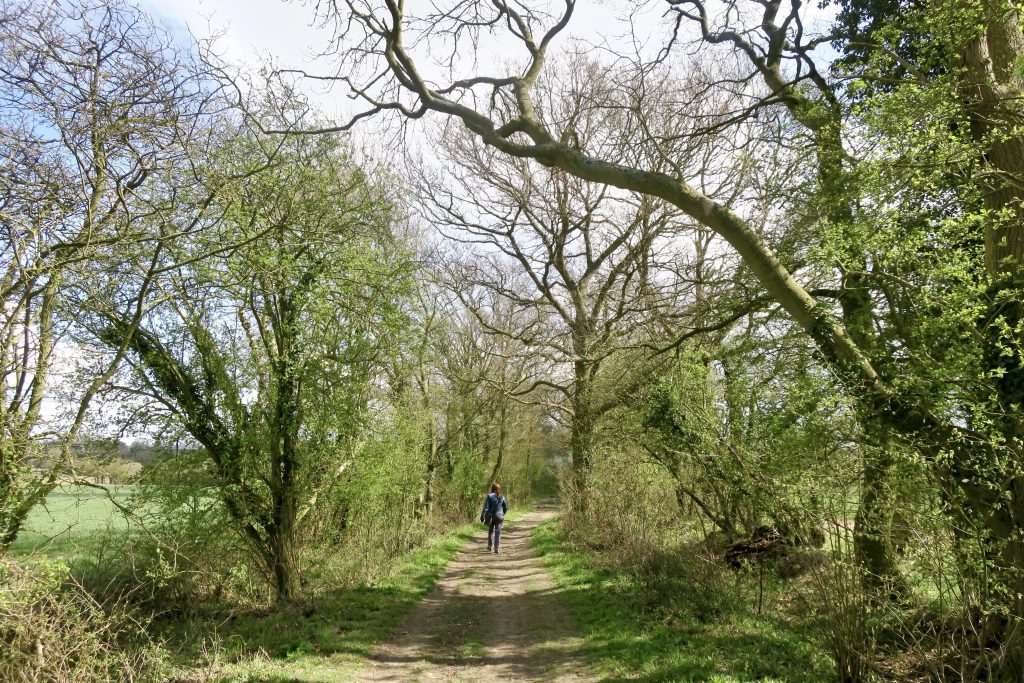

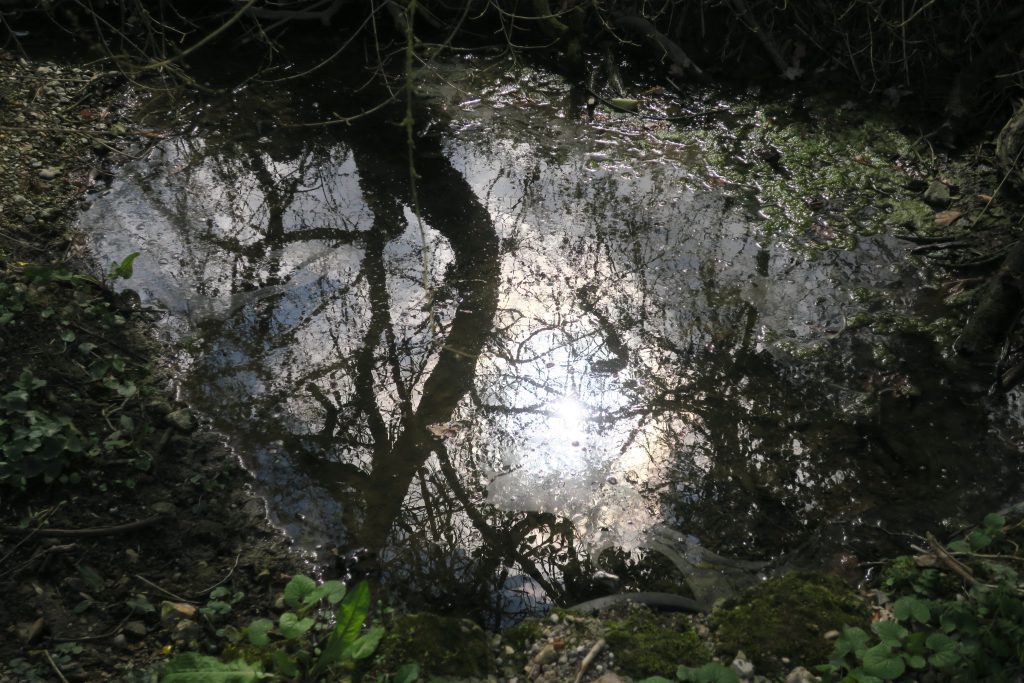
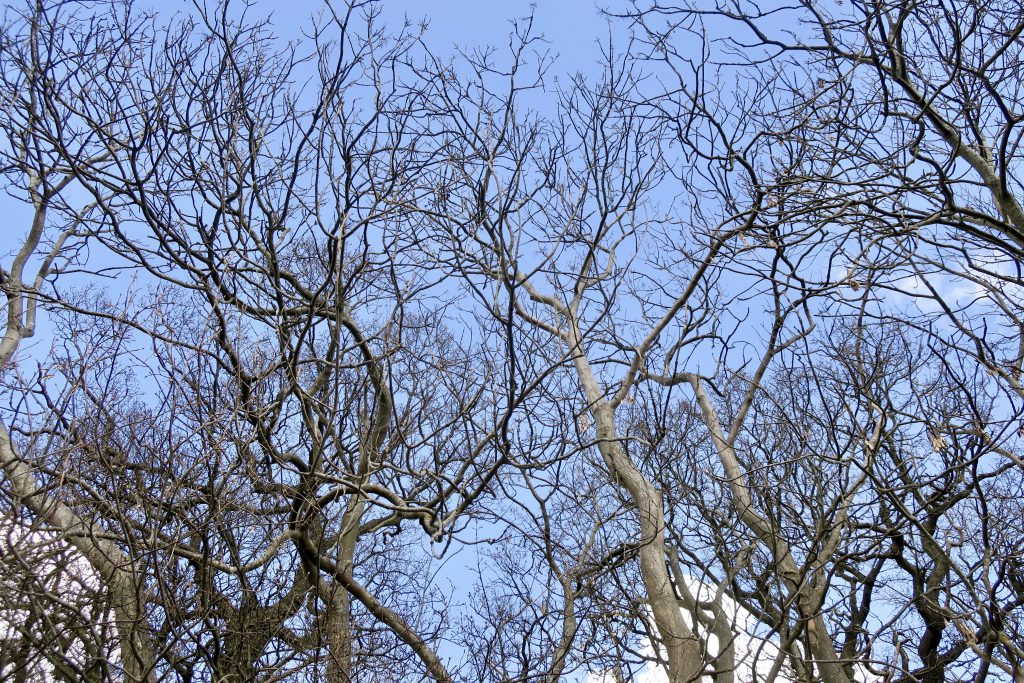
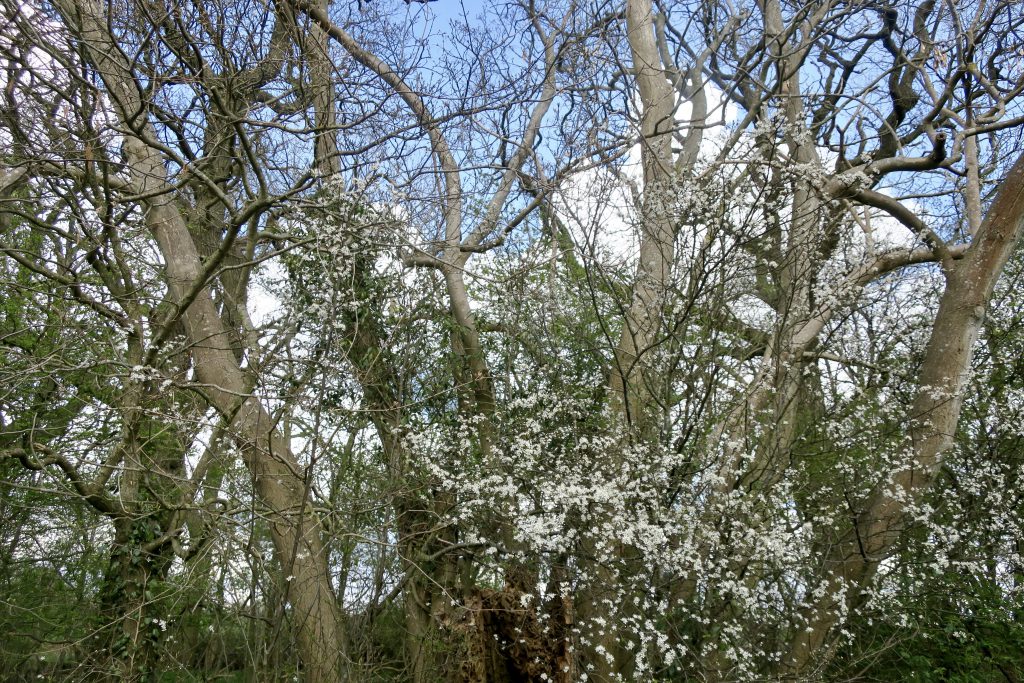

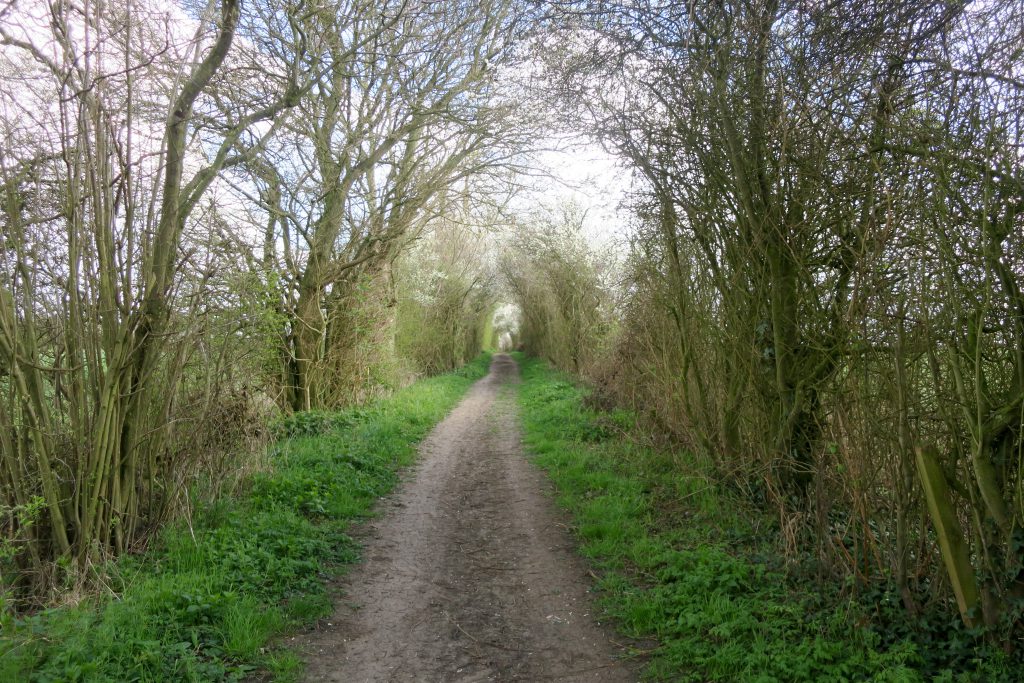


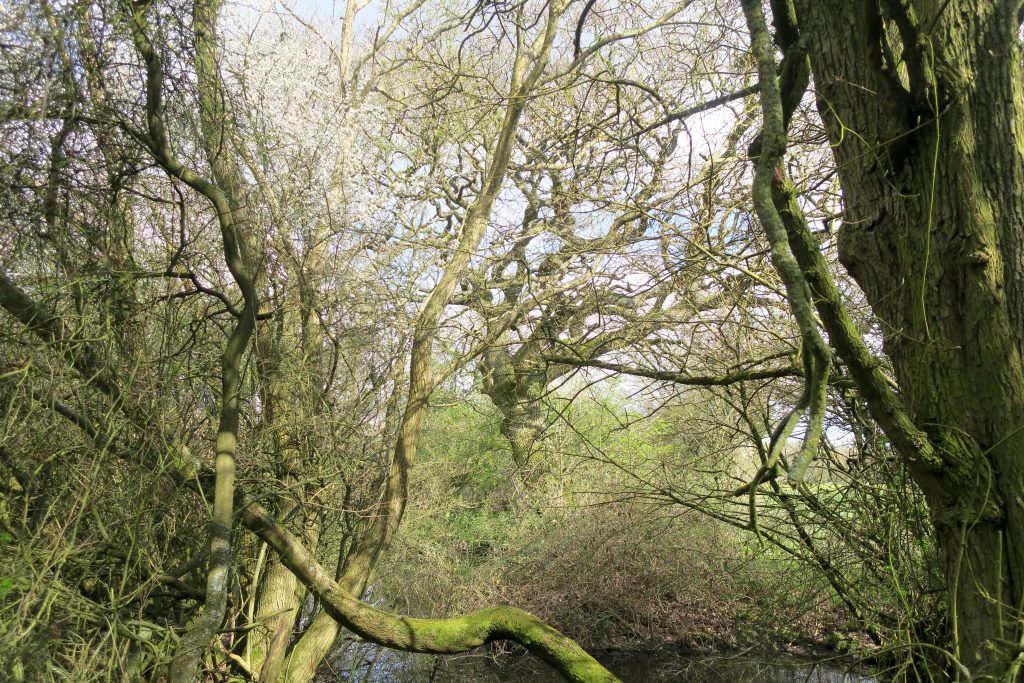
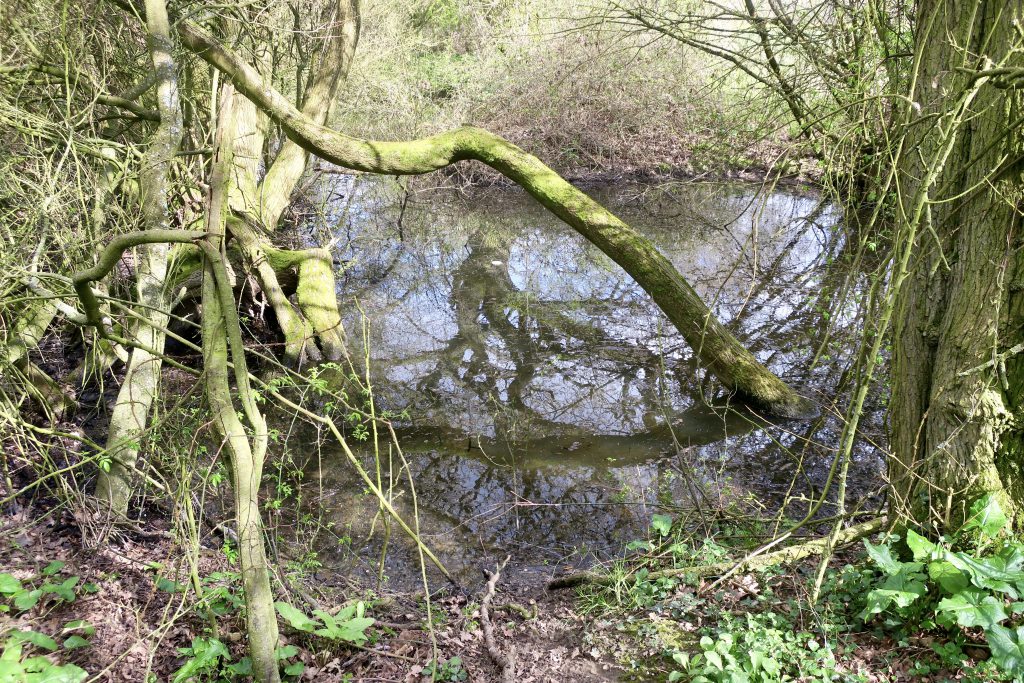
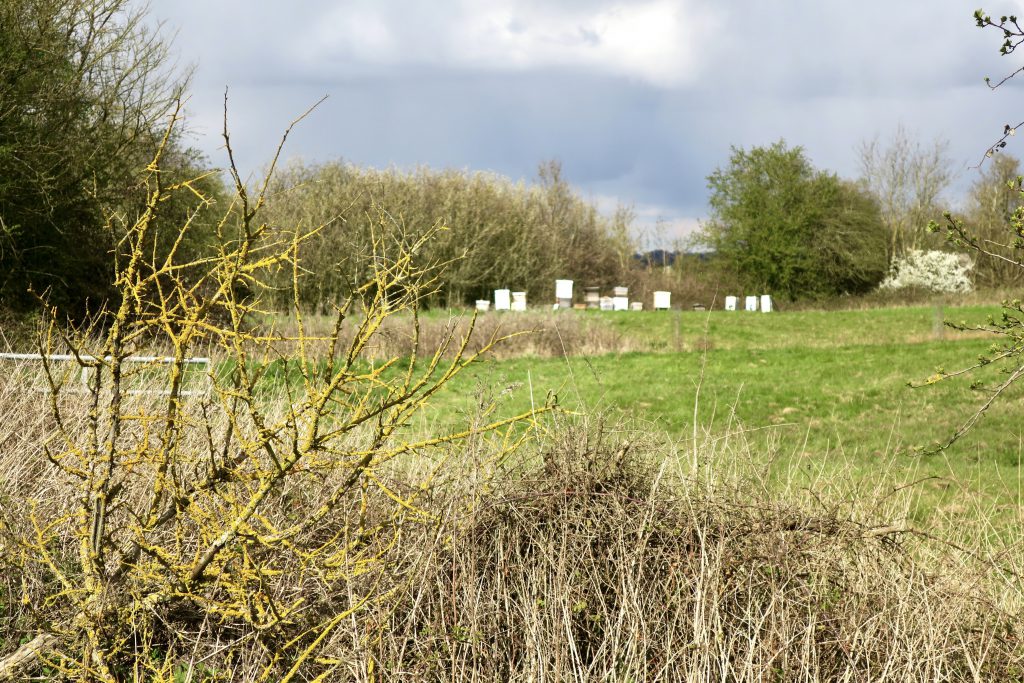
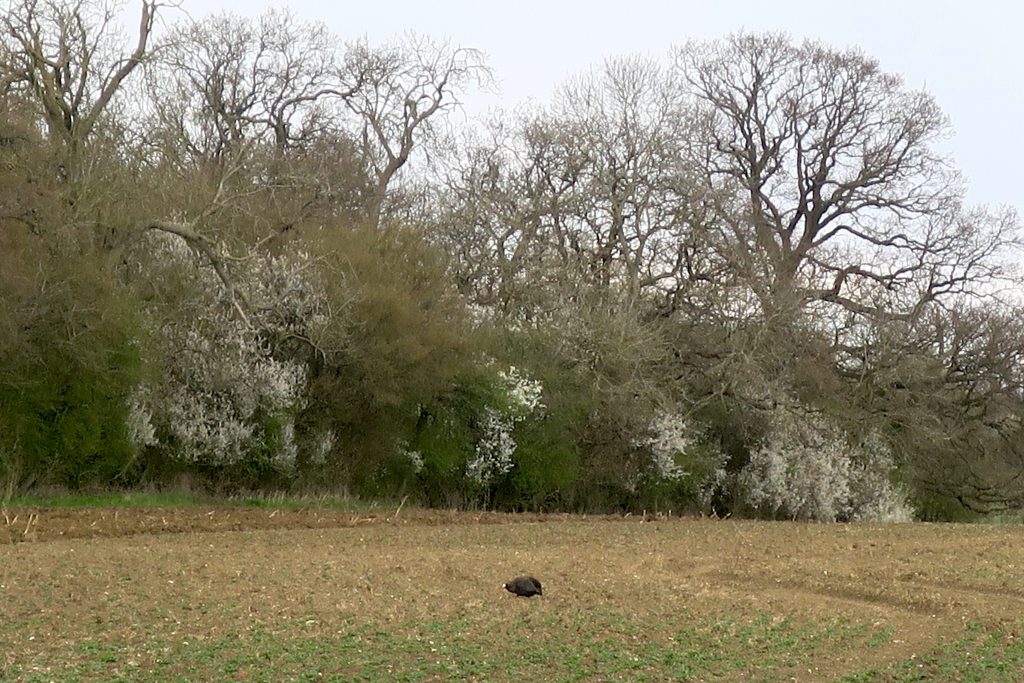


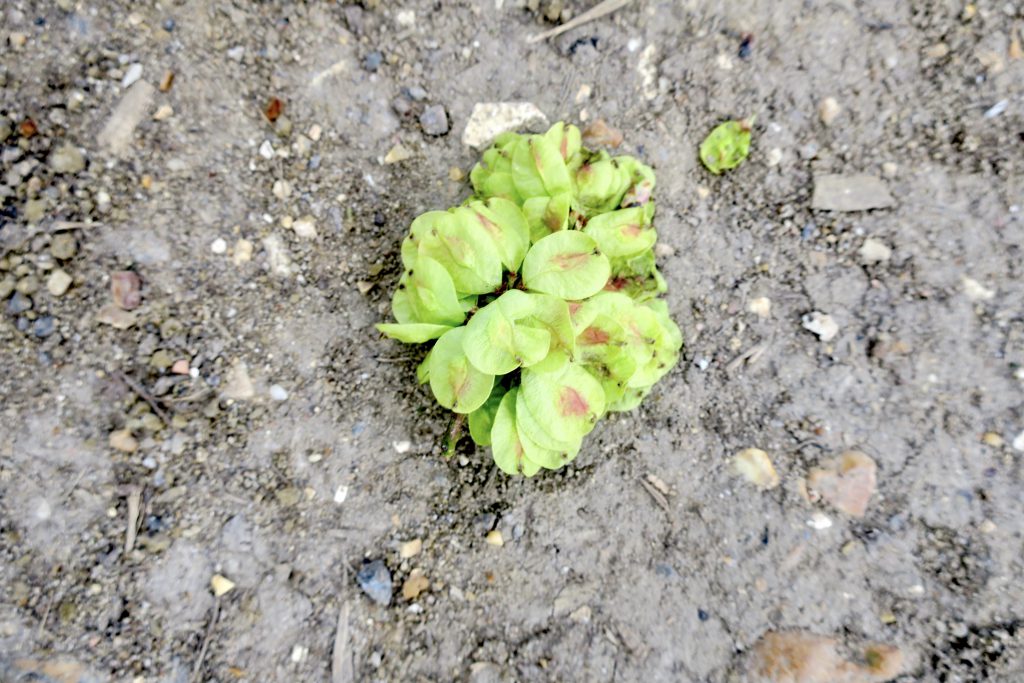
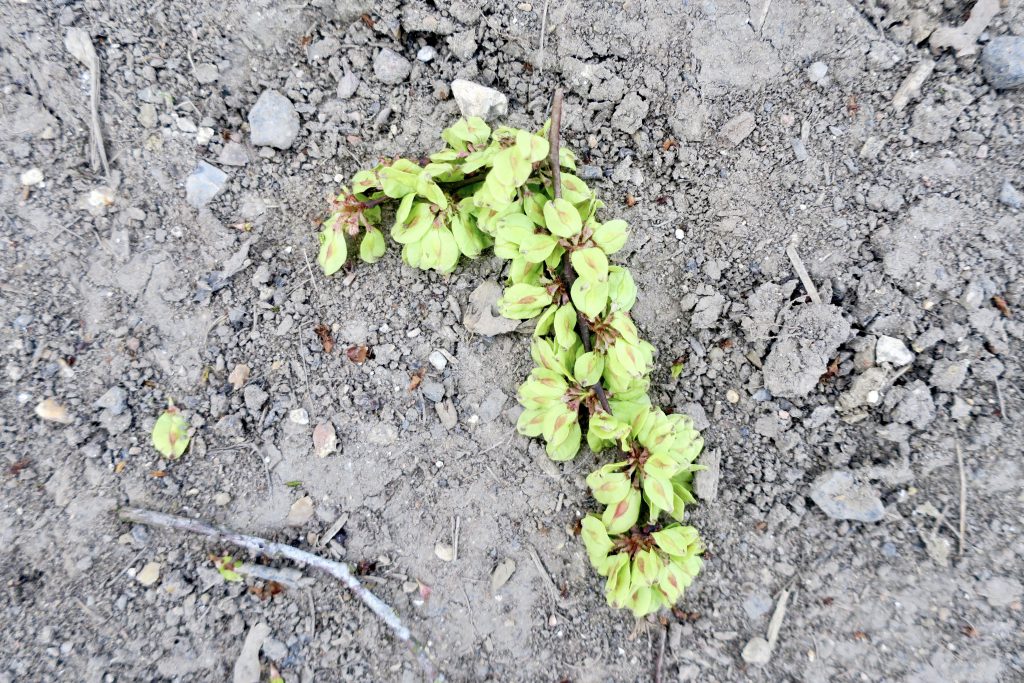
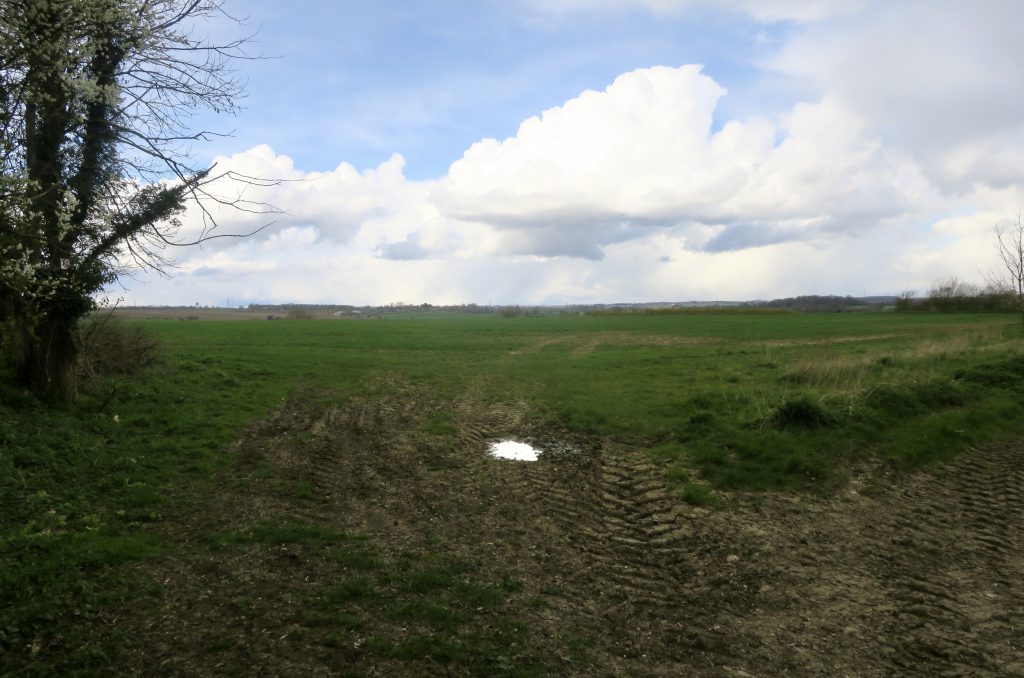
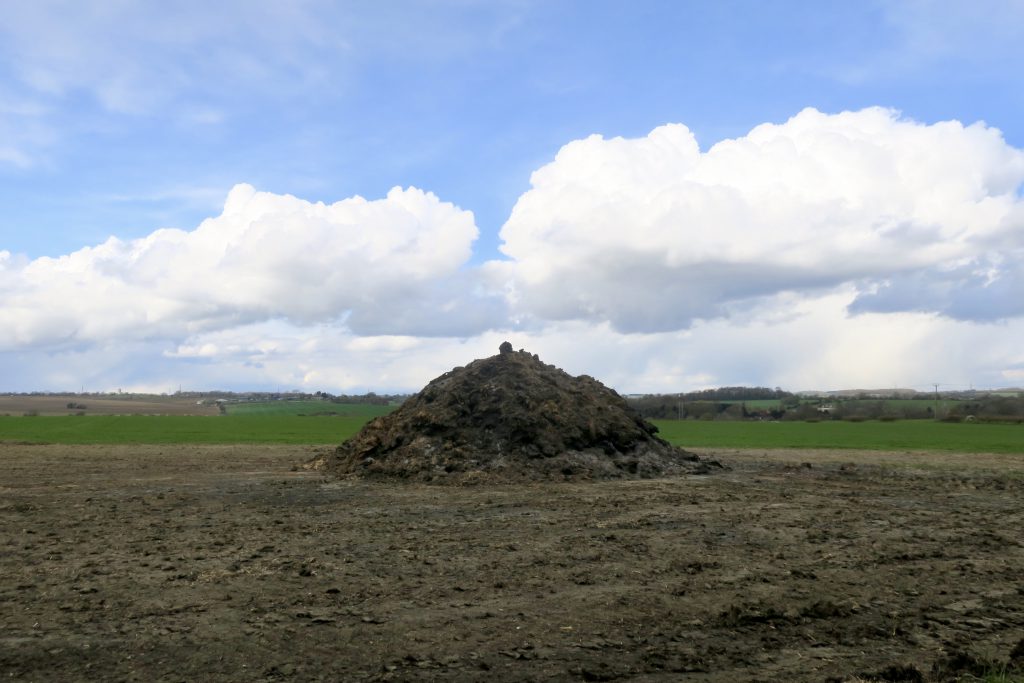
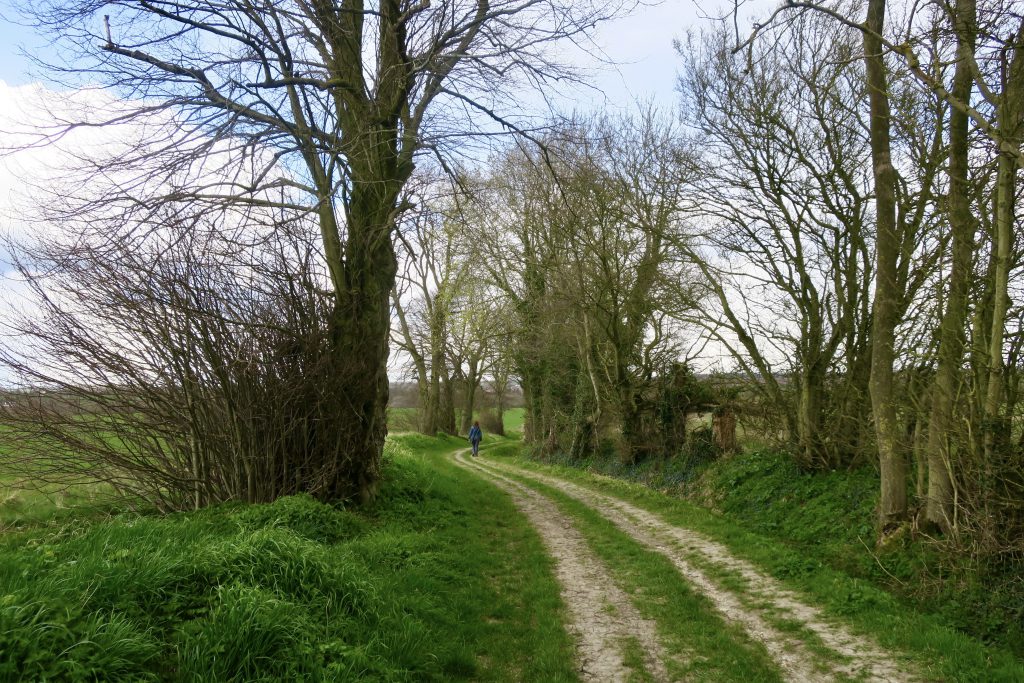
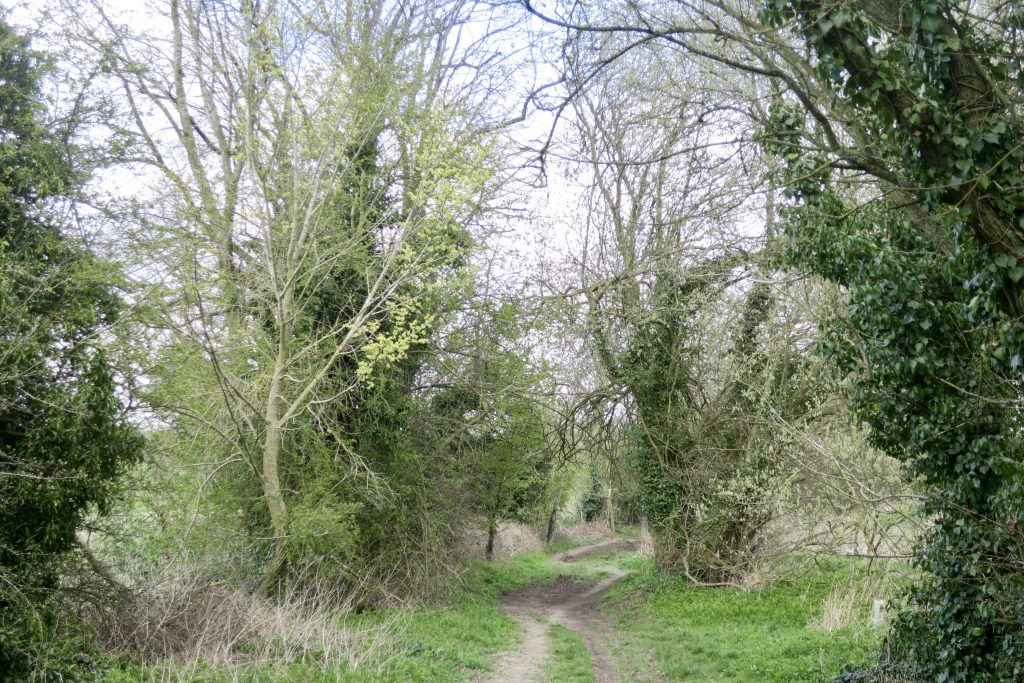
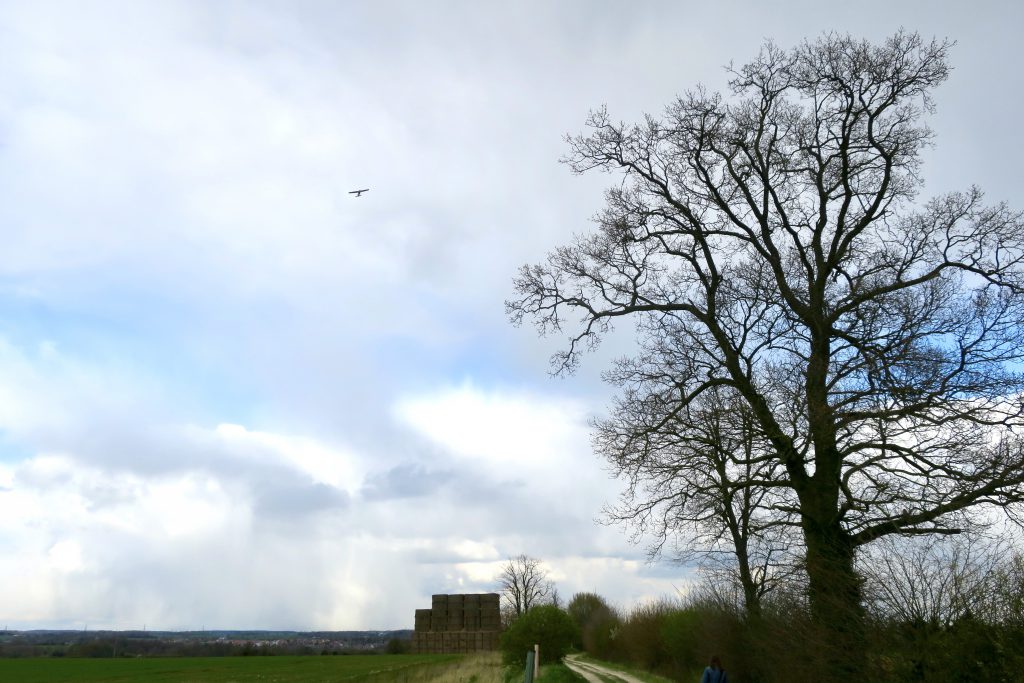
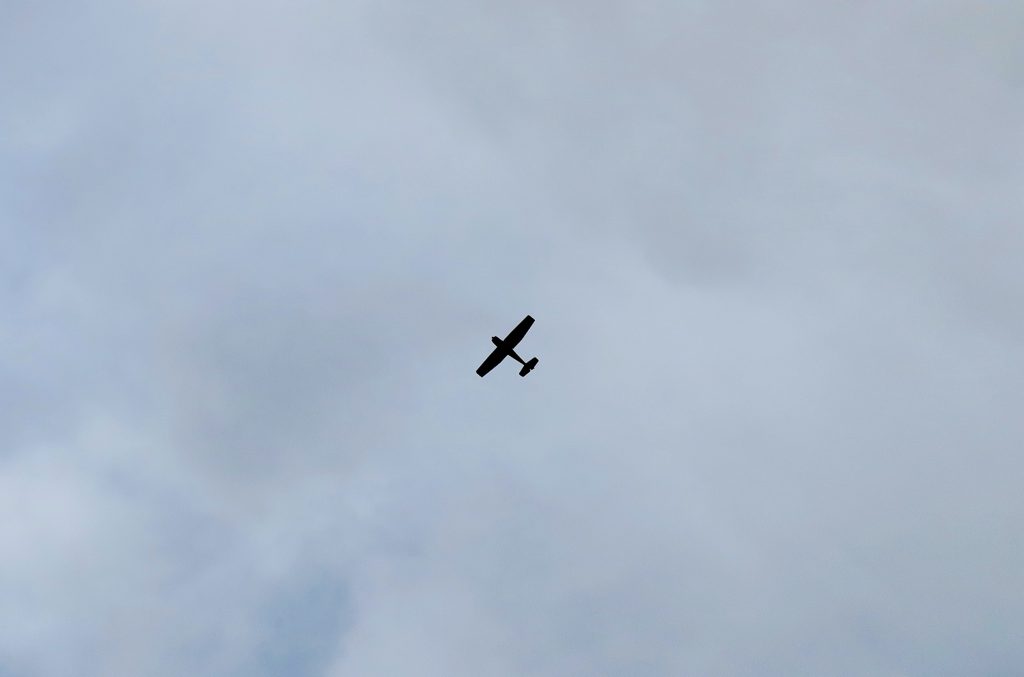

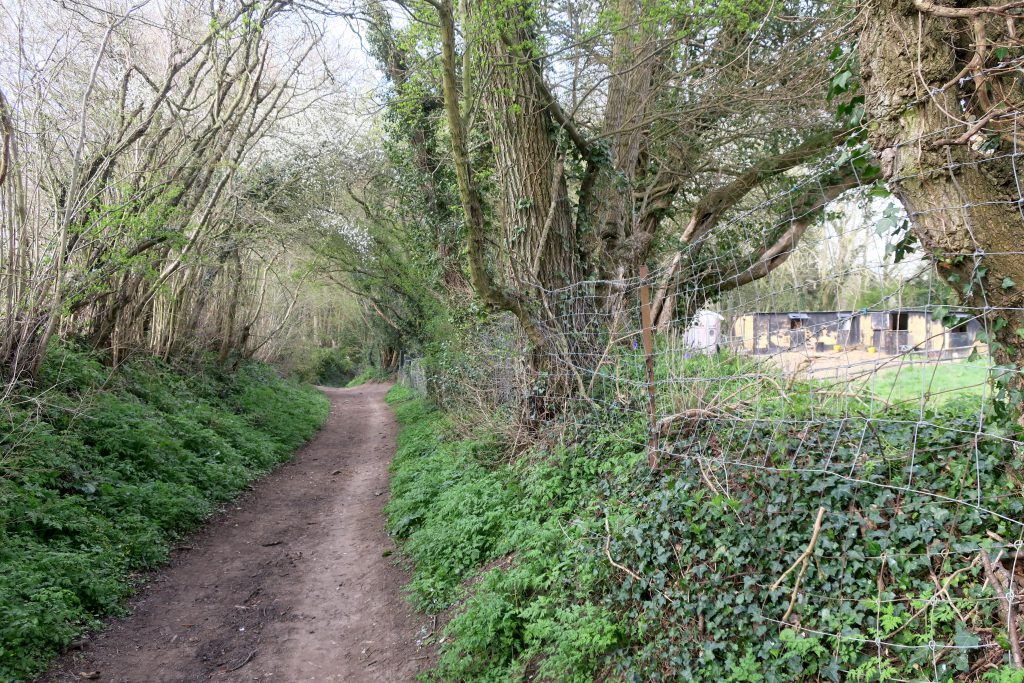
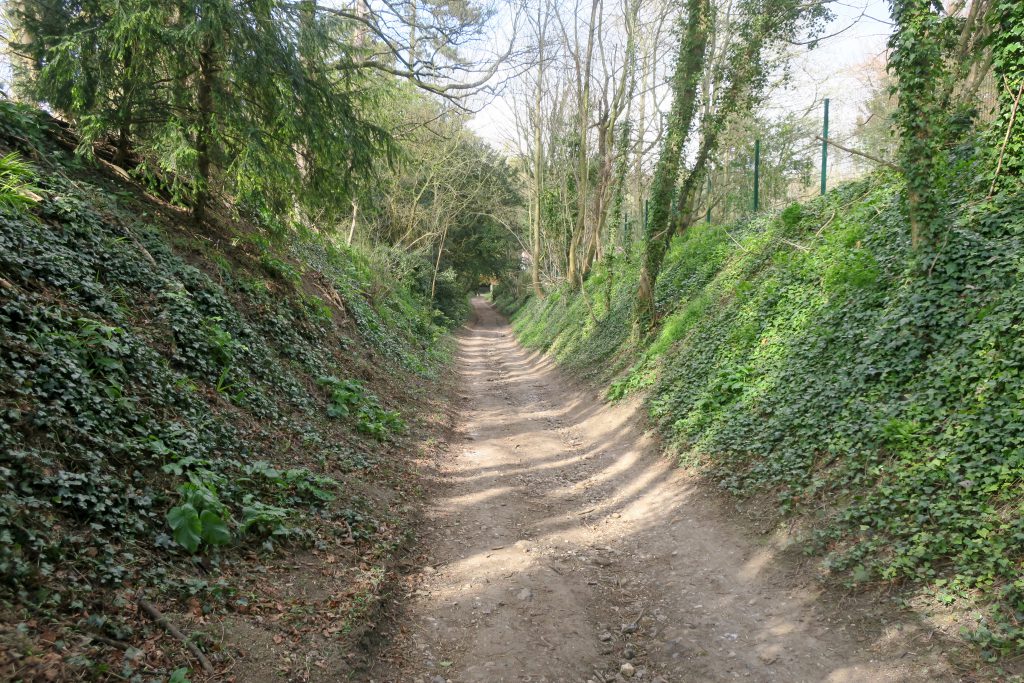
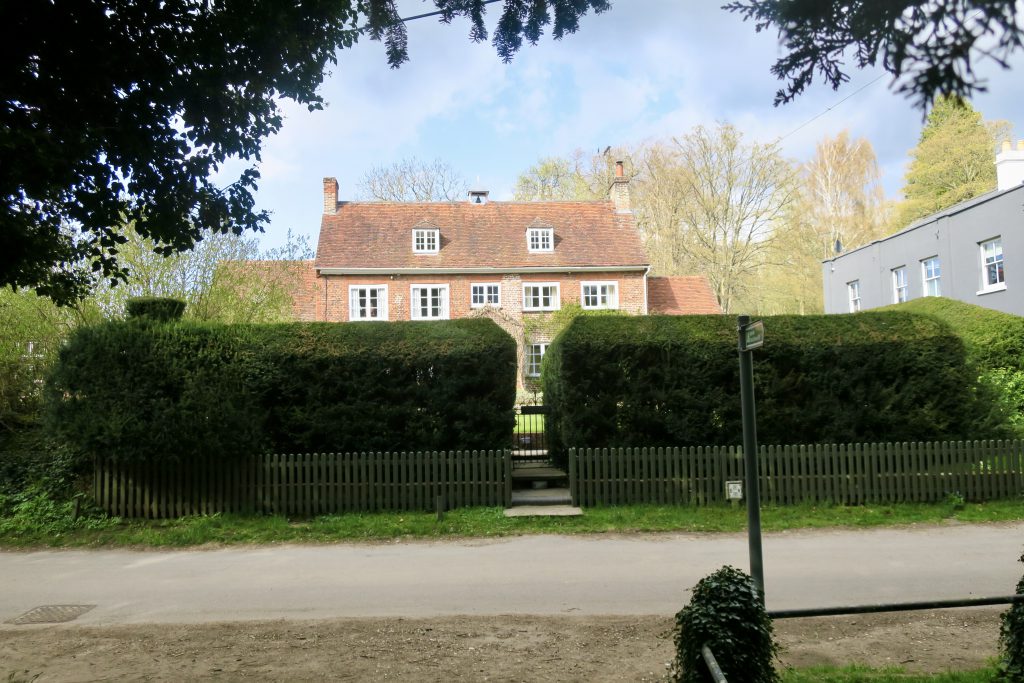
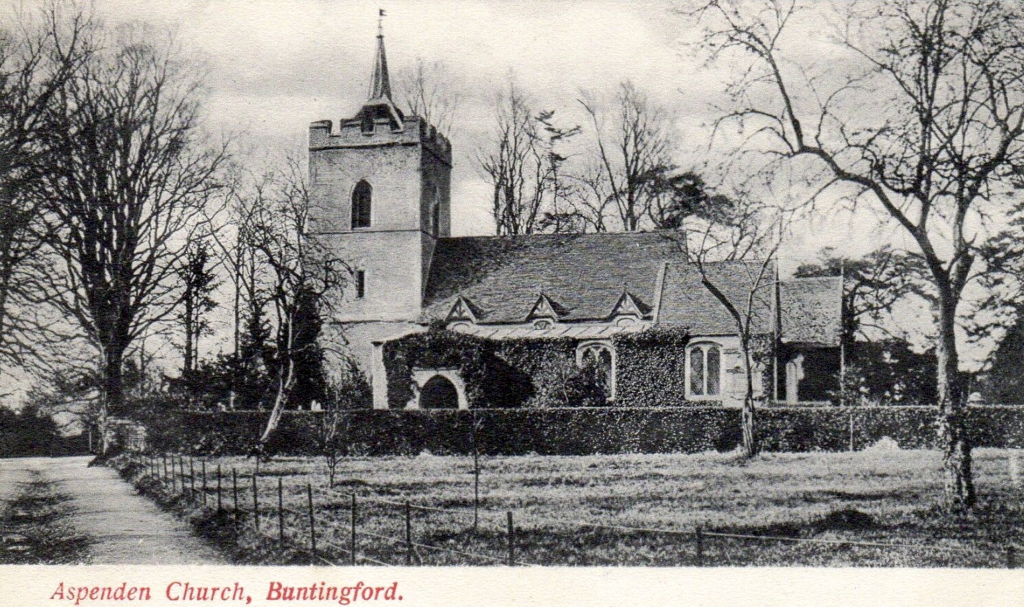
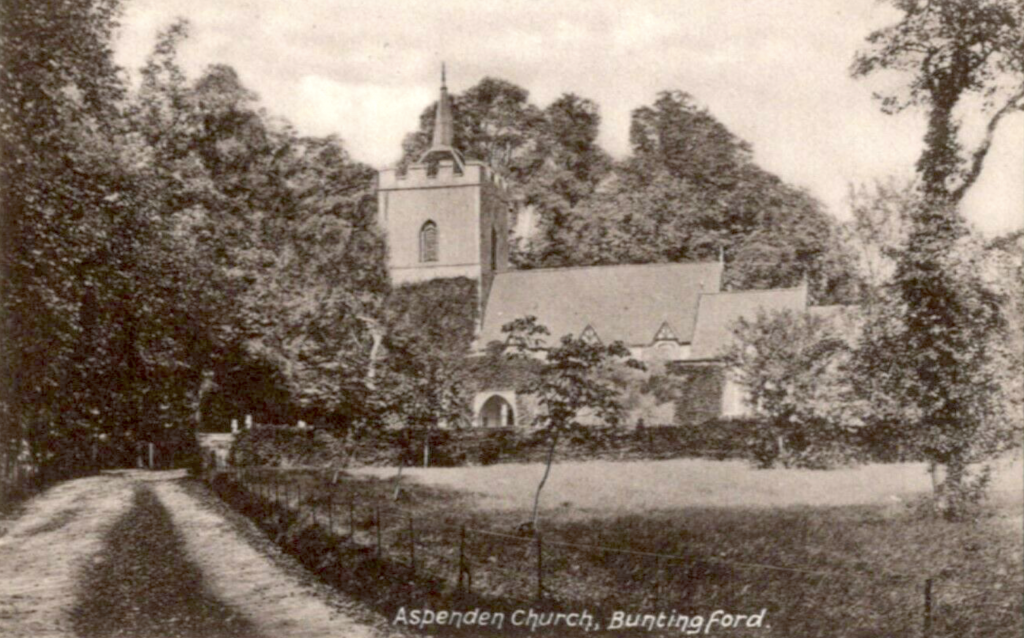
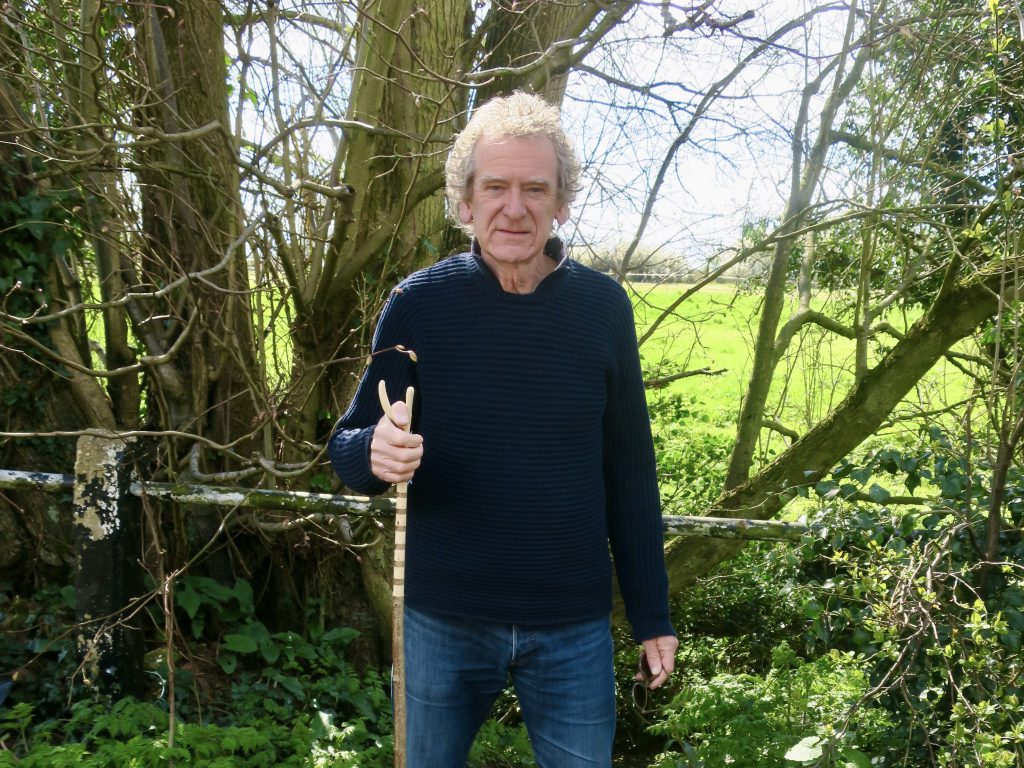
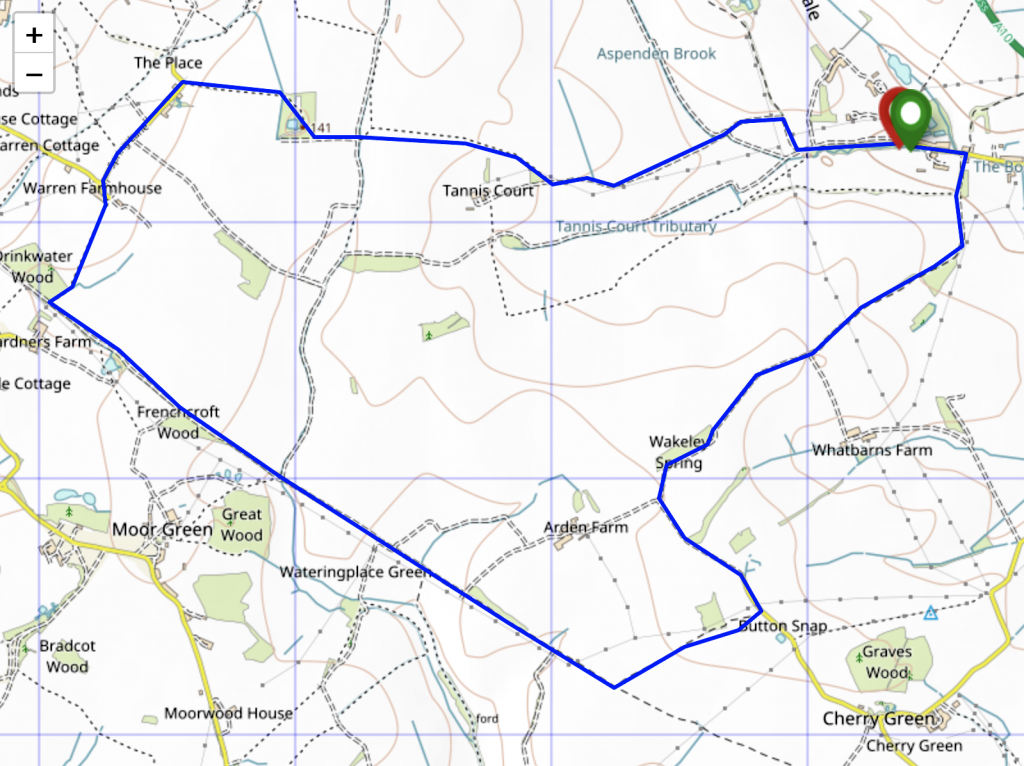
I thought it a most poetical blog. Might have been caused by the hazel staff. I gave one to David Attwooll, poet. A poet’s staff. One who holds it has the floor to speak. Glad it is making use of you Chris.
Thanks Andy, it’s a poetical stick. I am its conduit. I sing the appraisal of hazel.